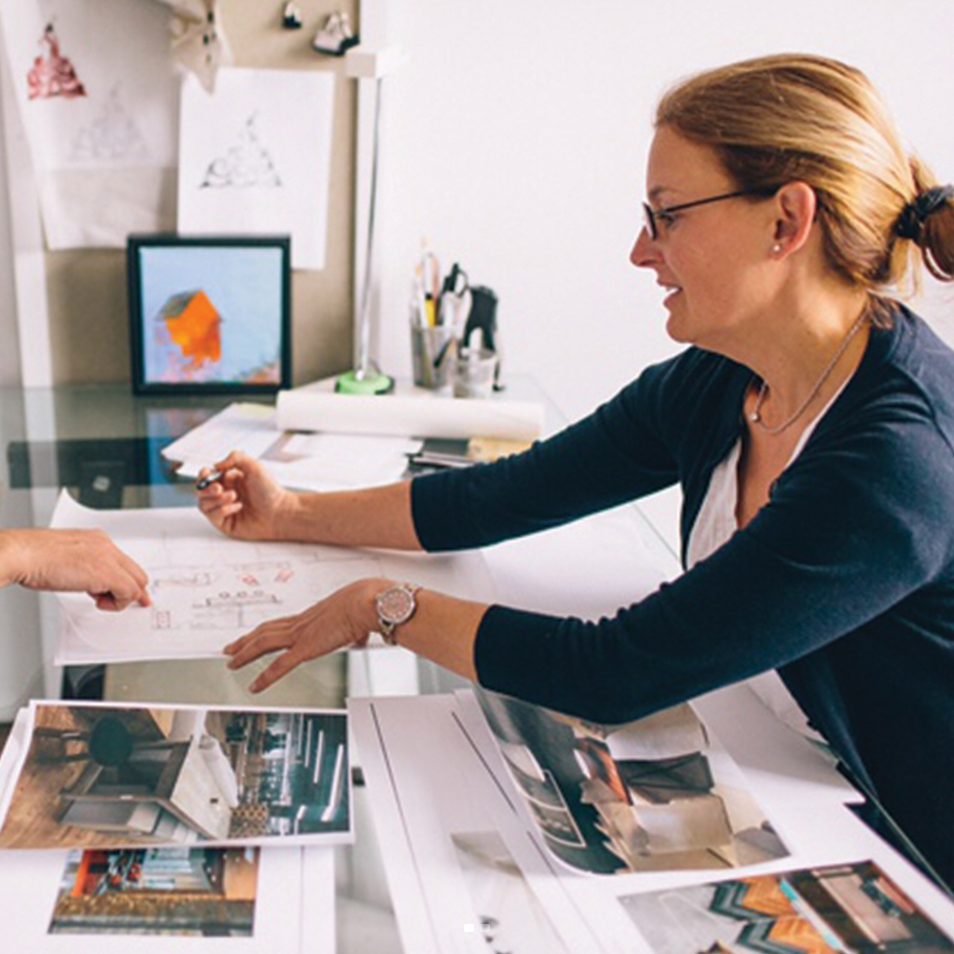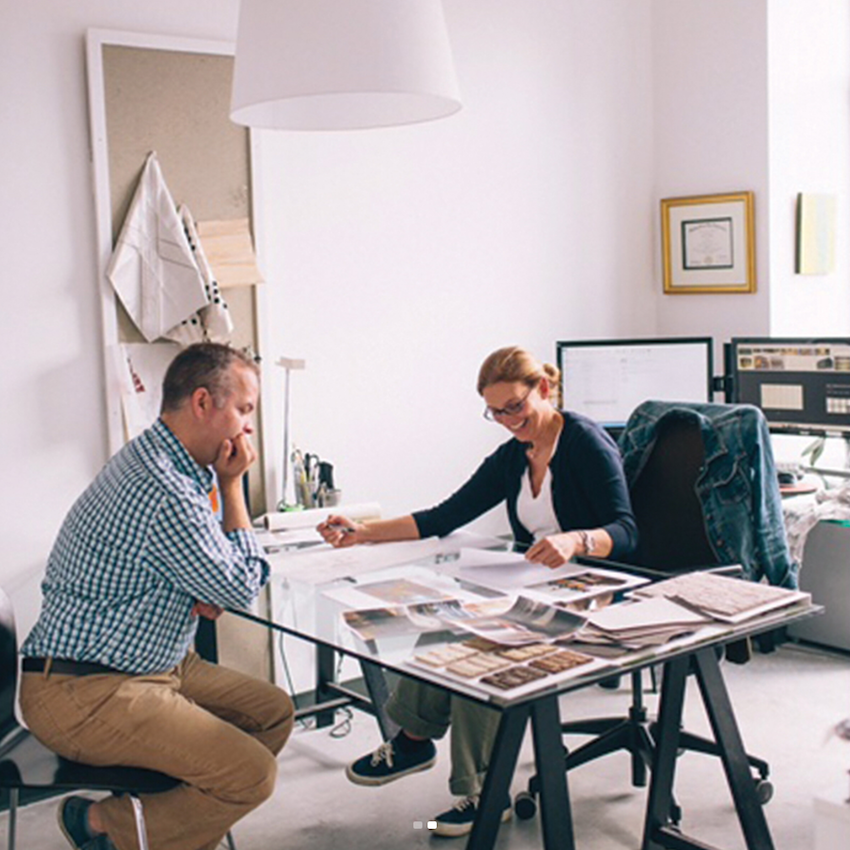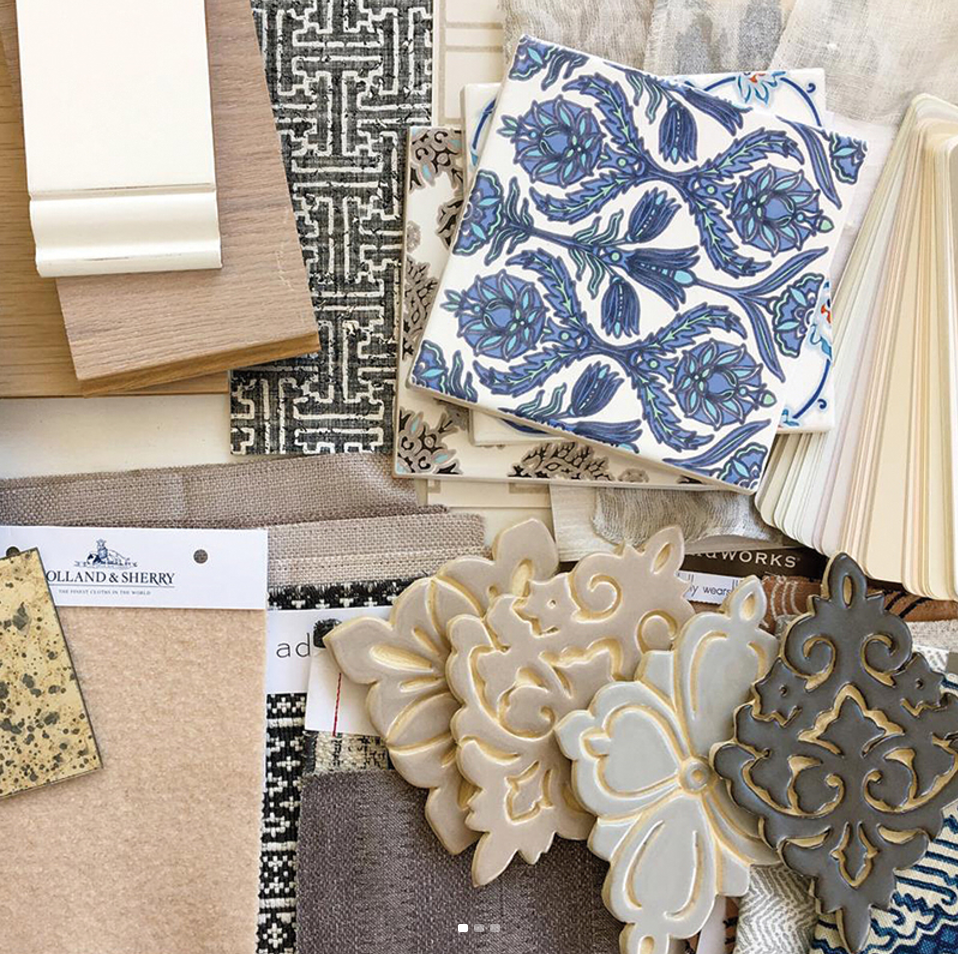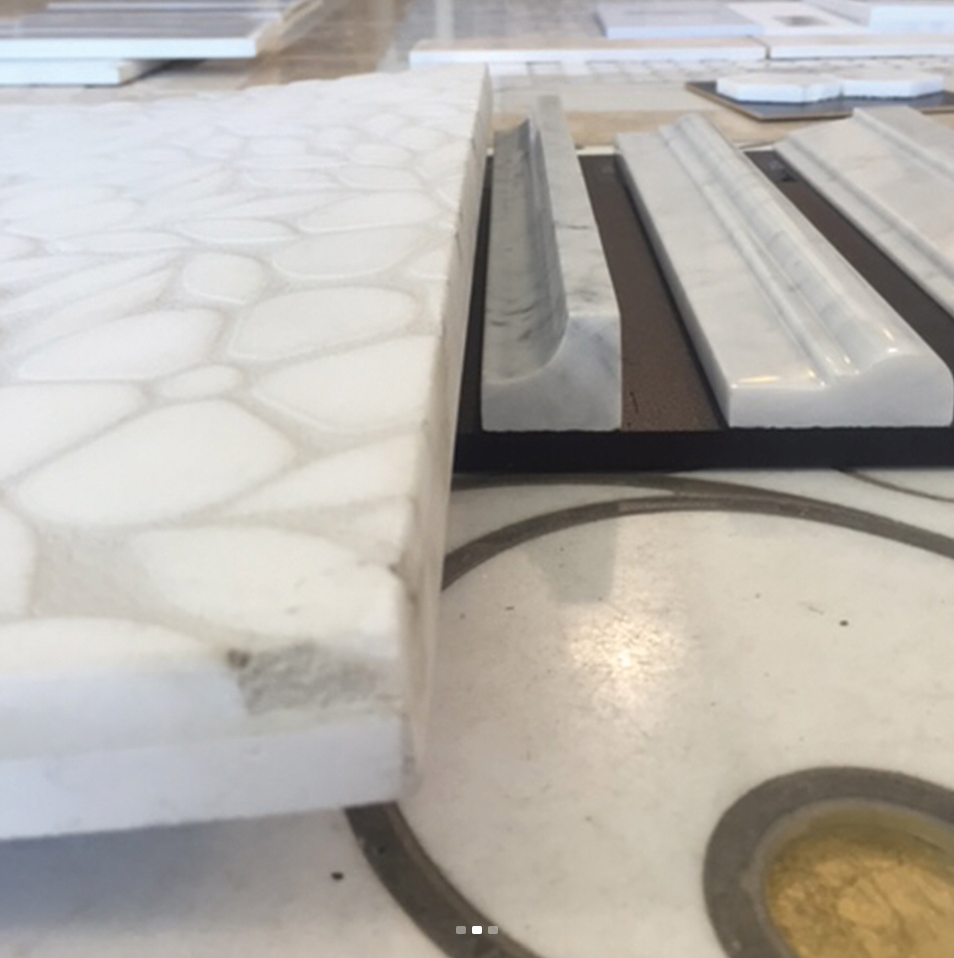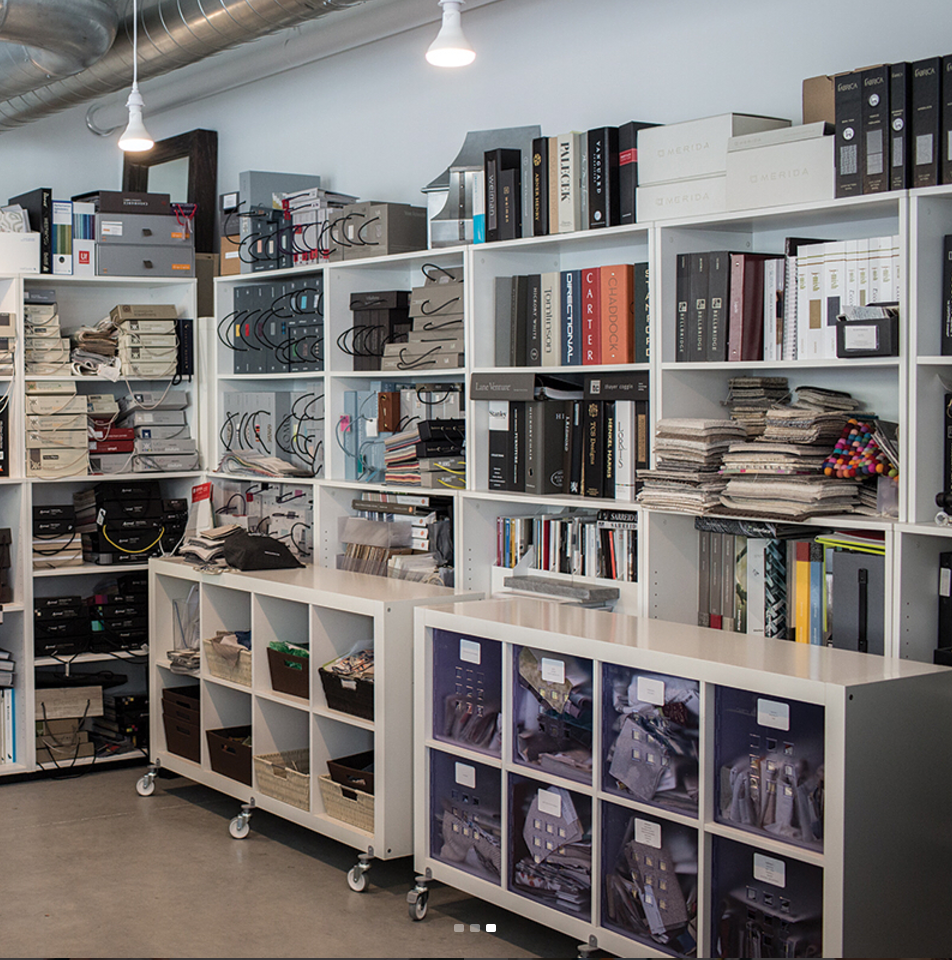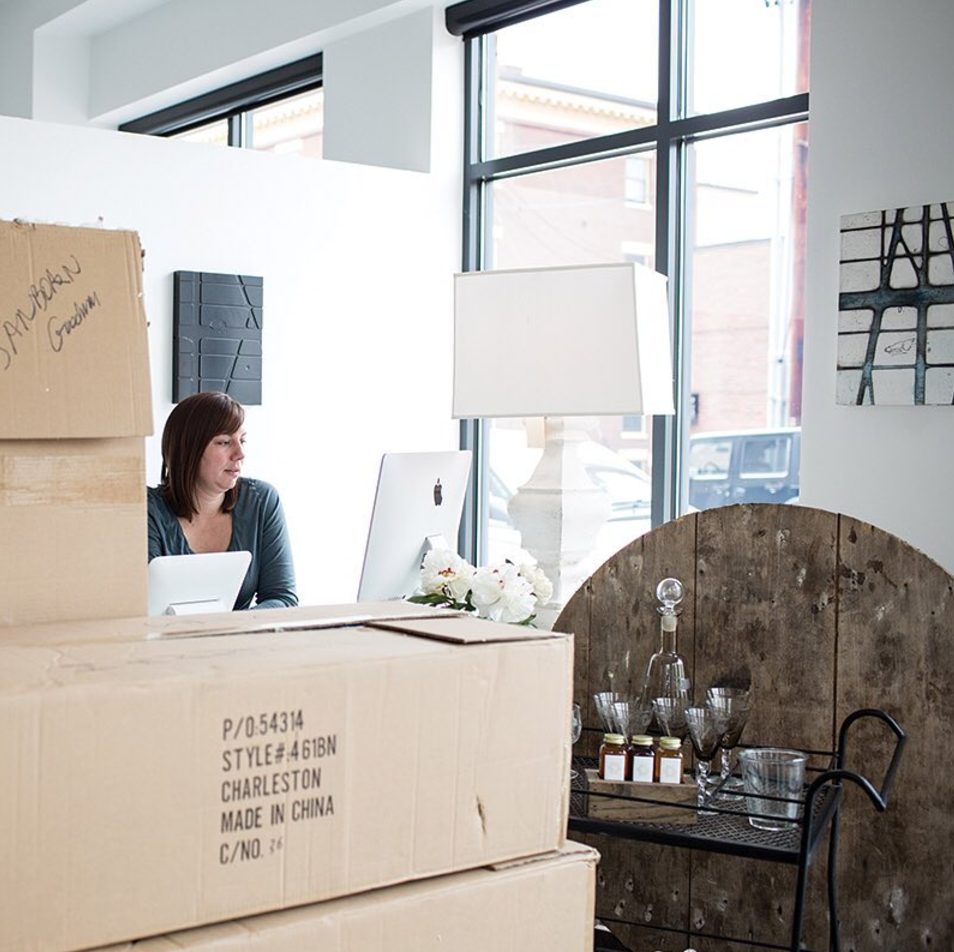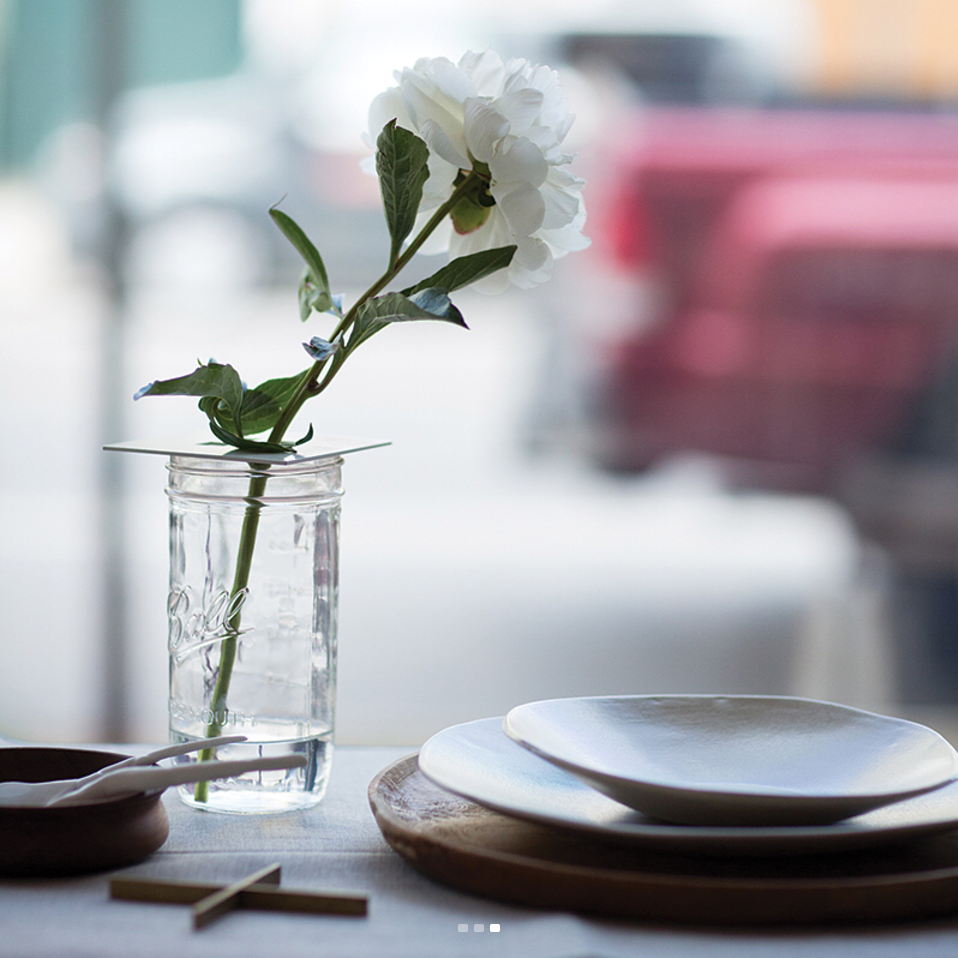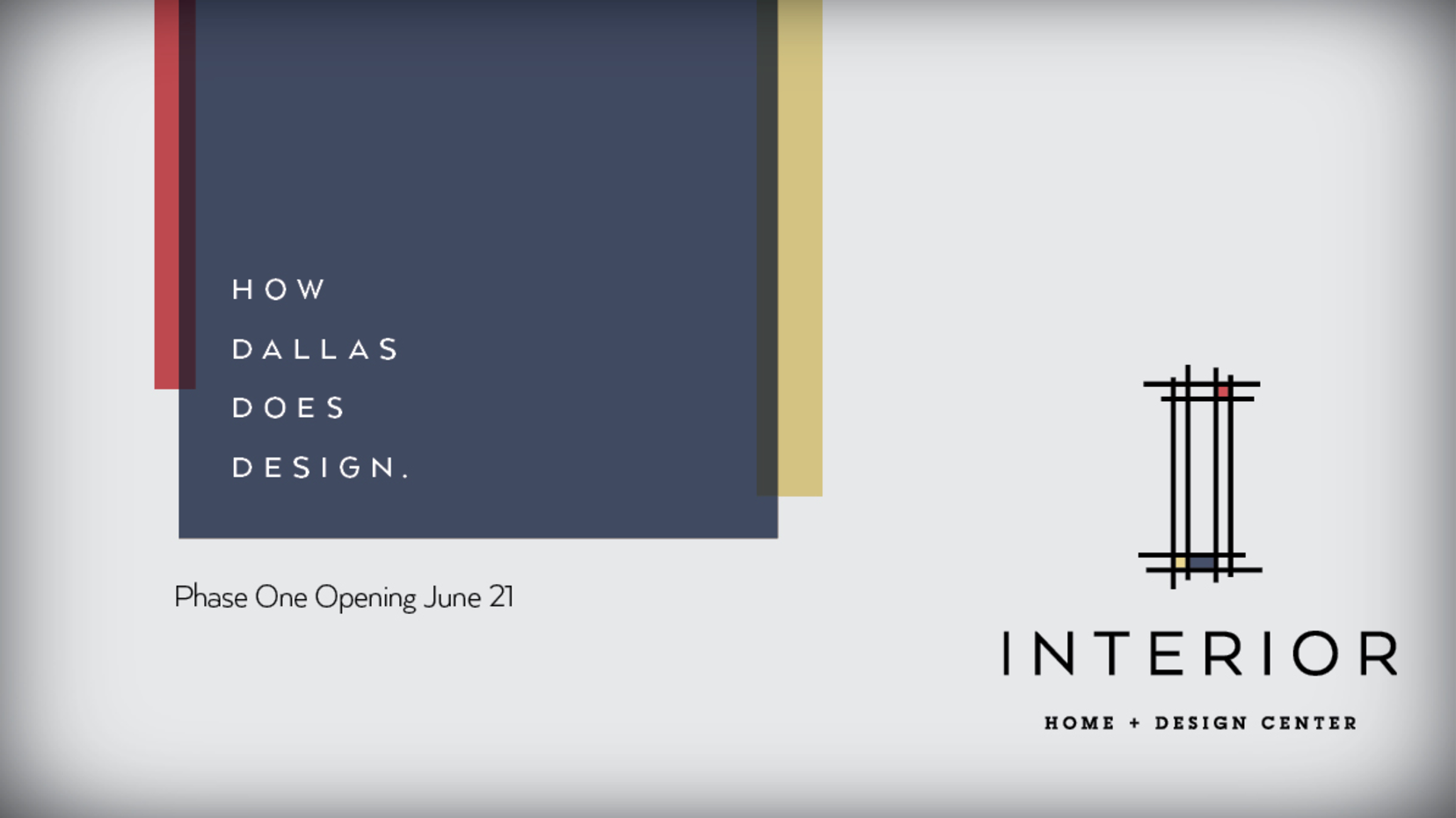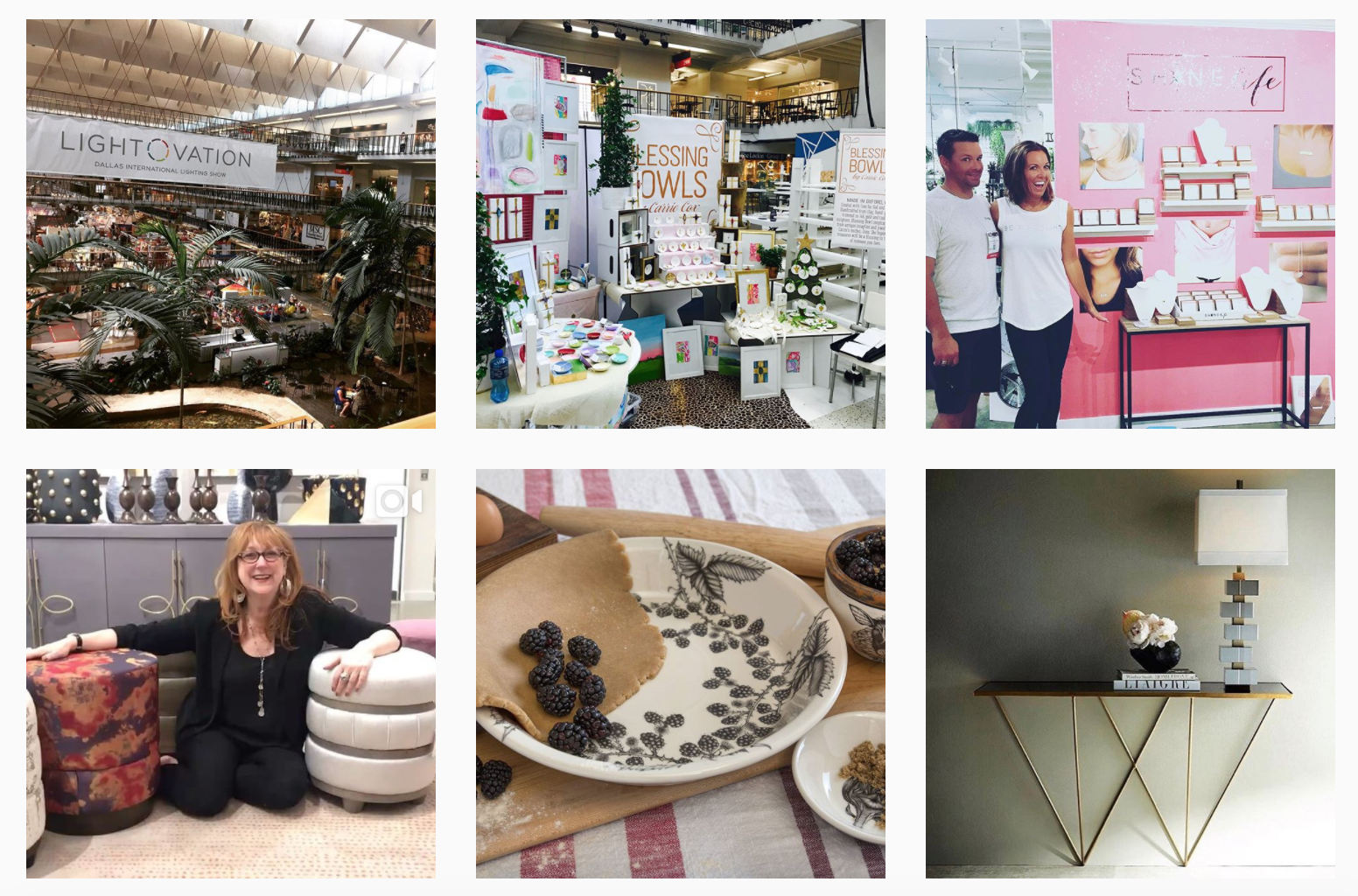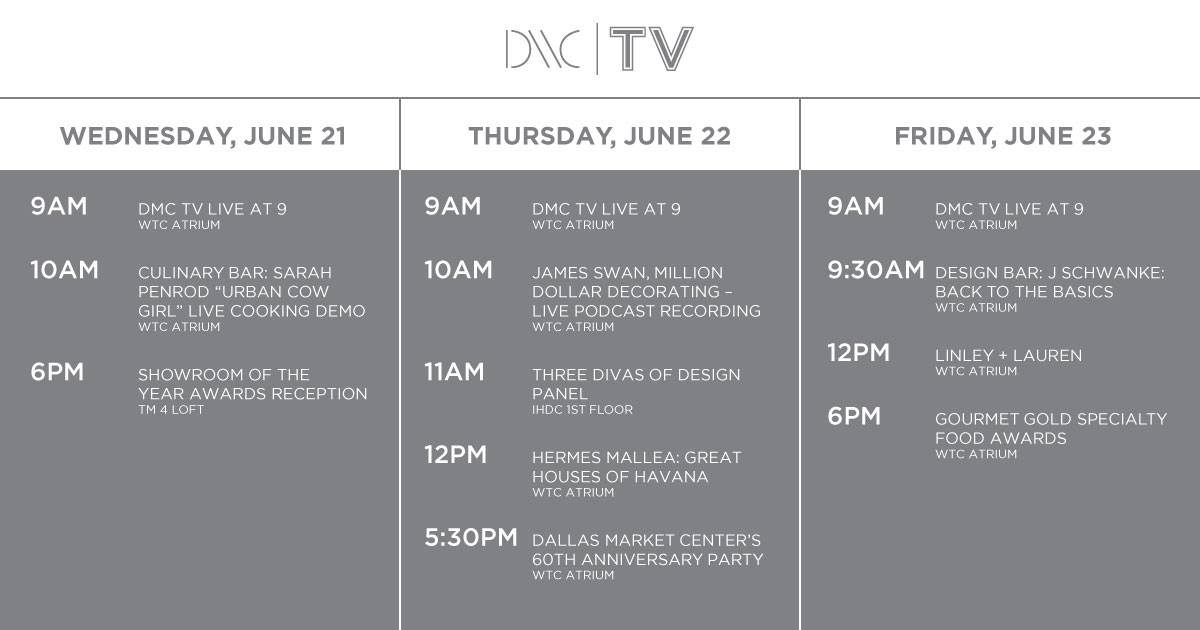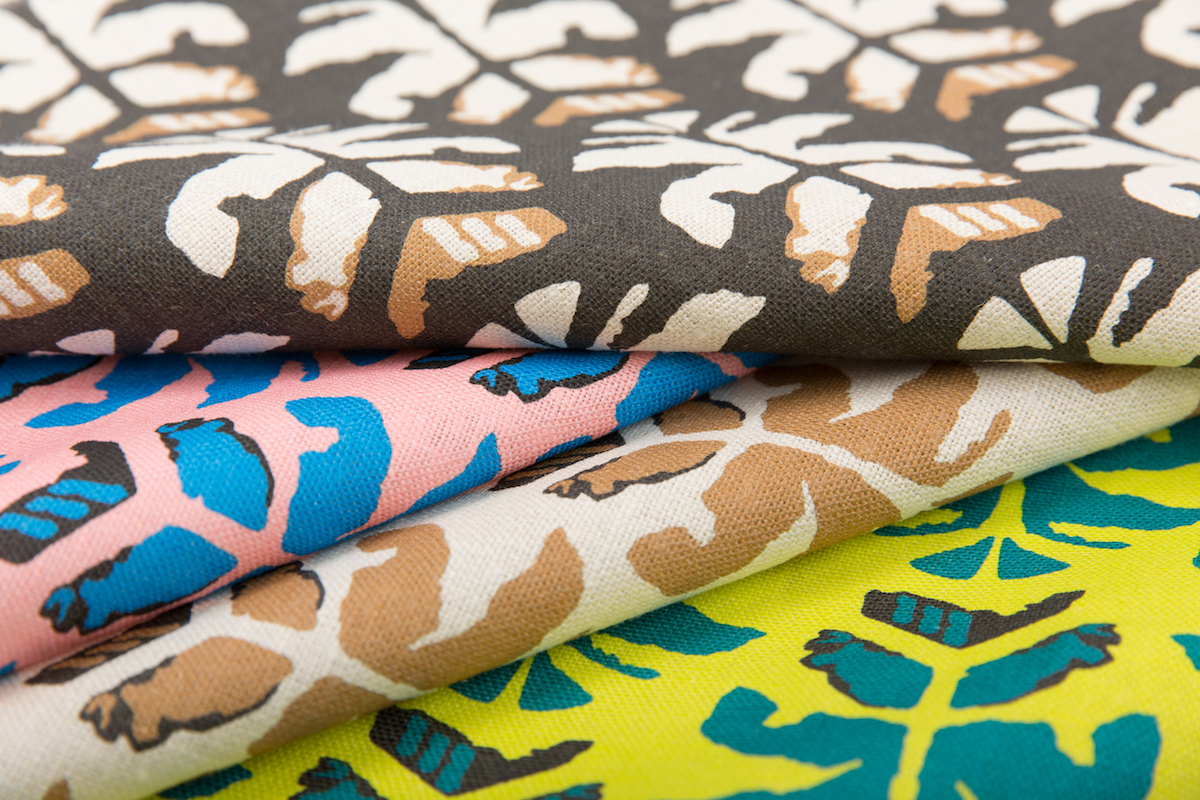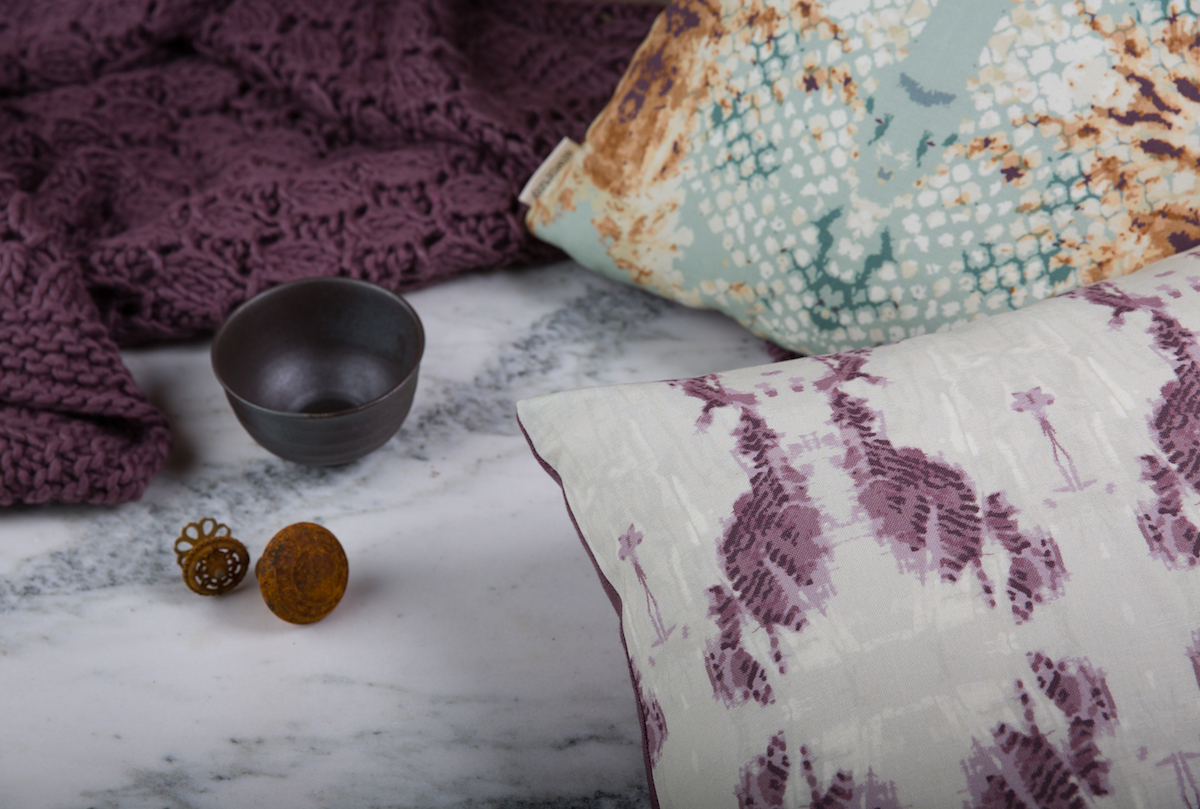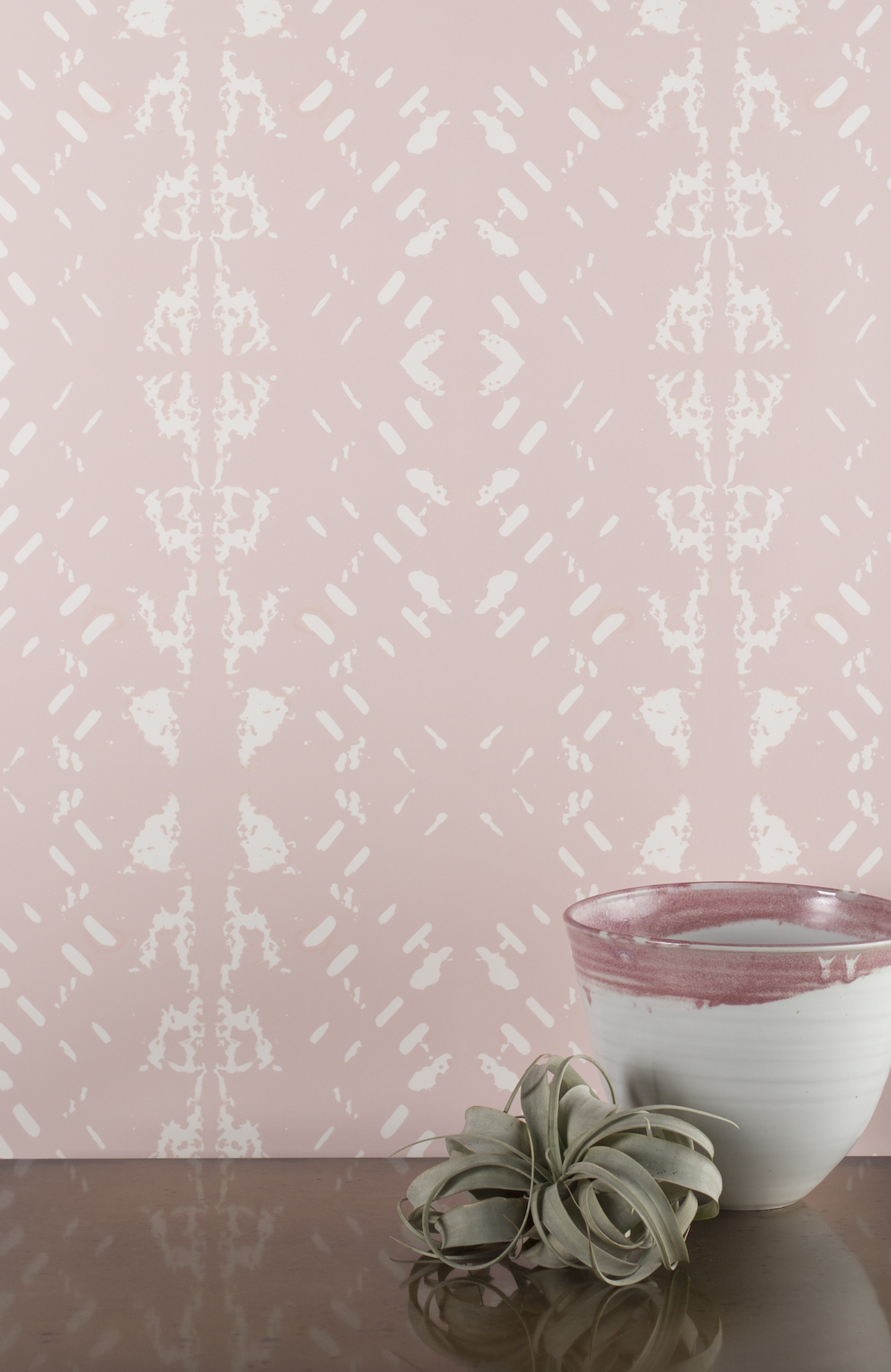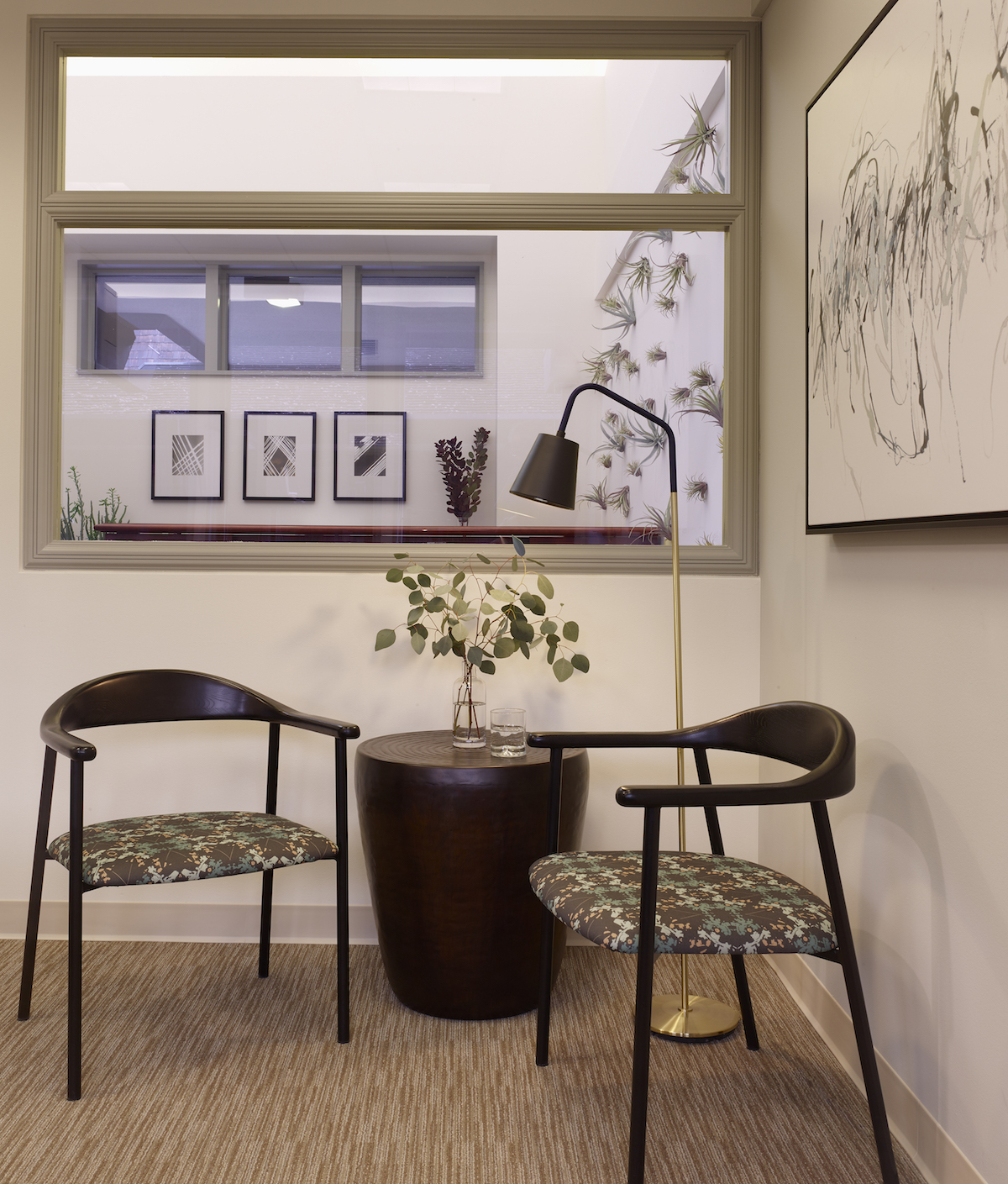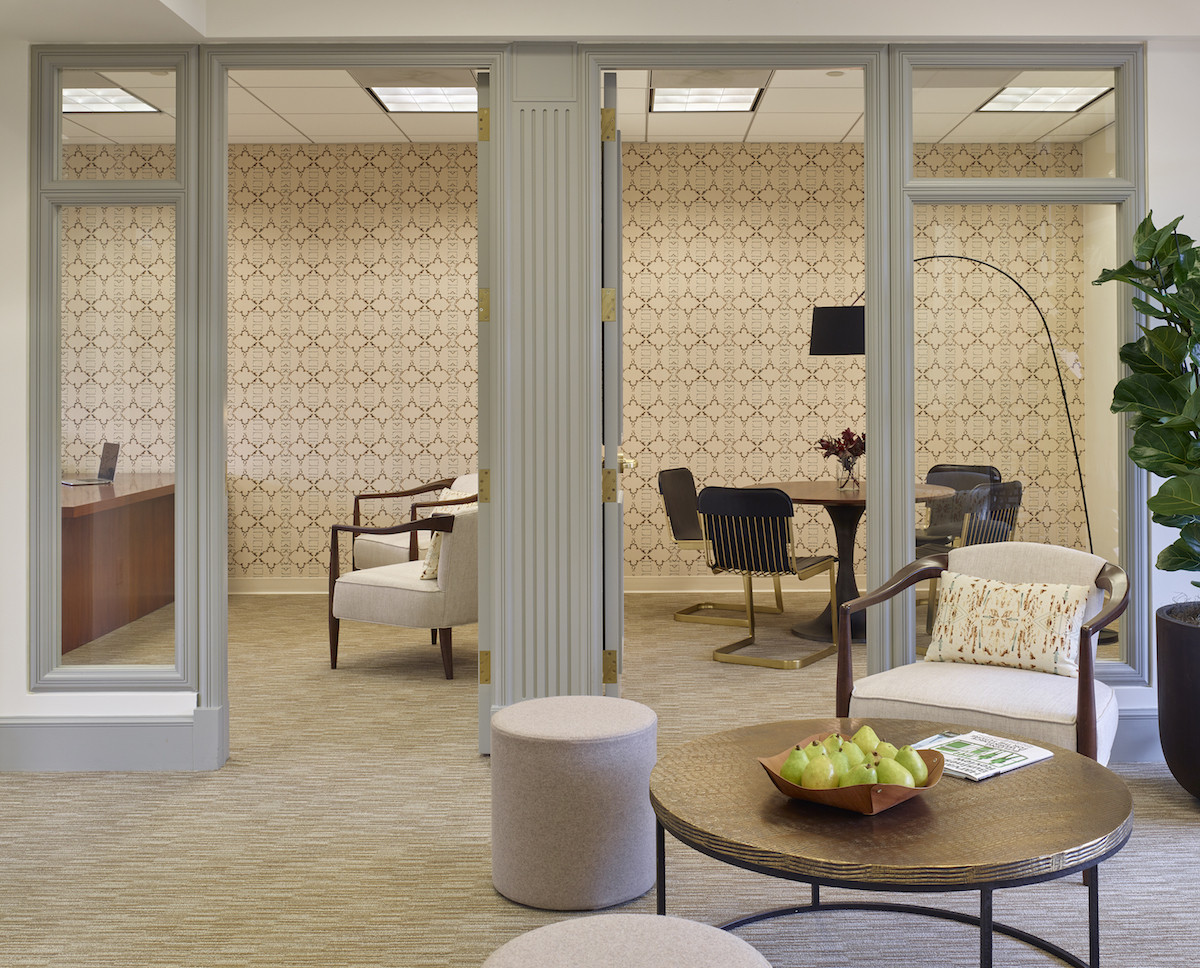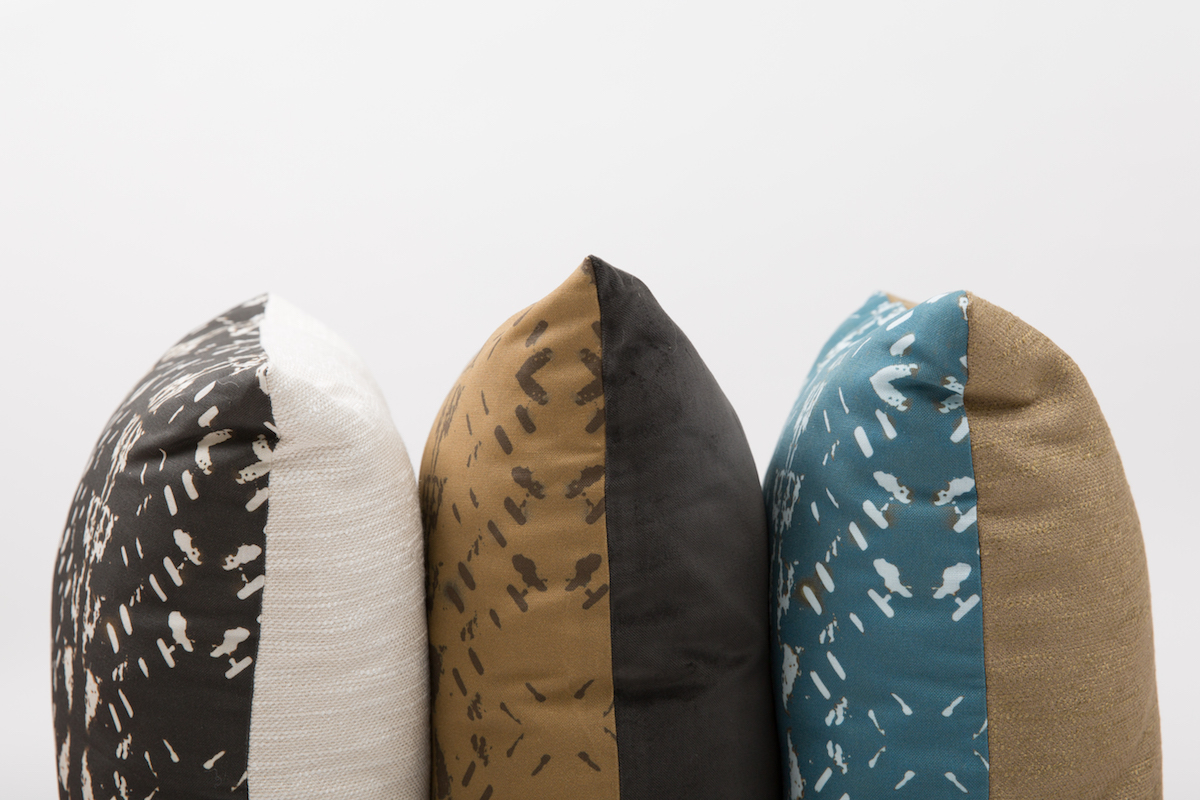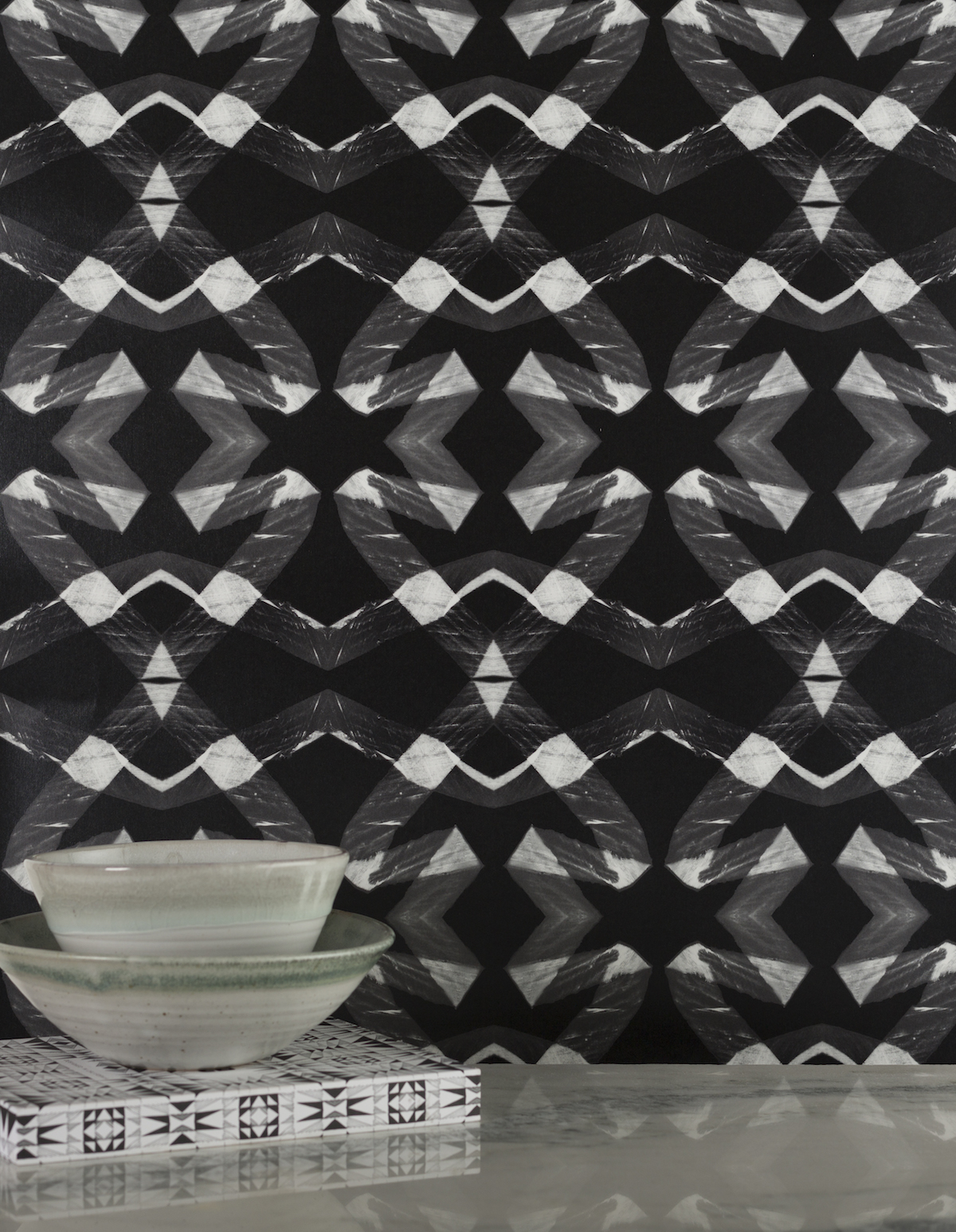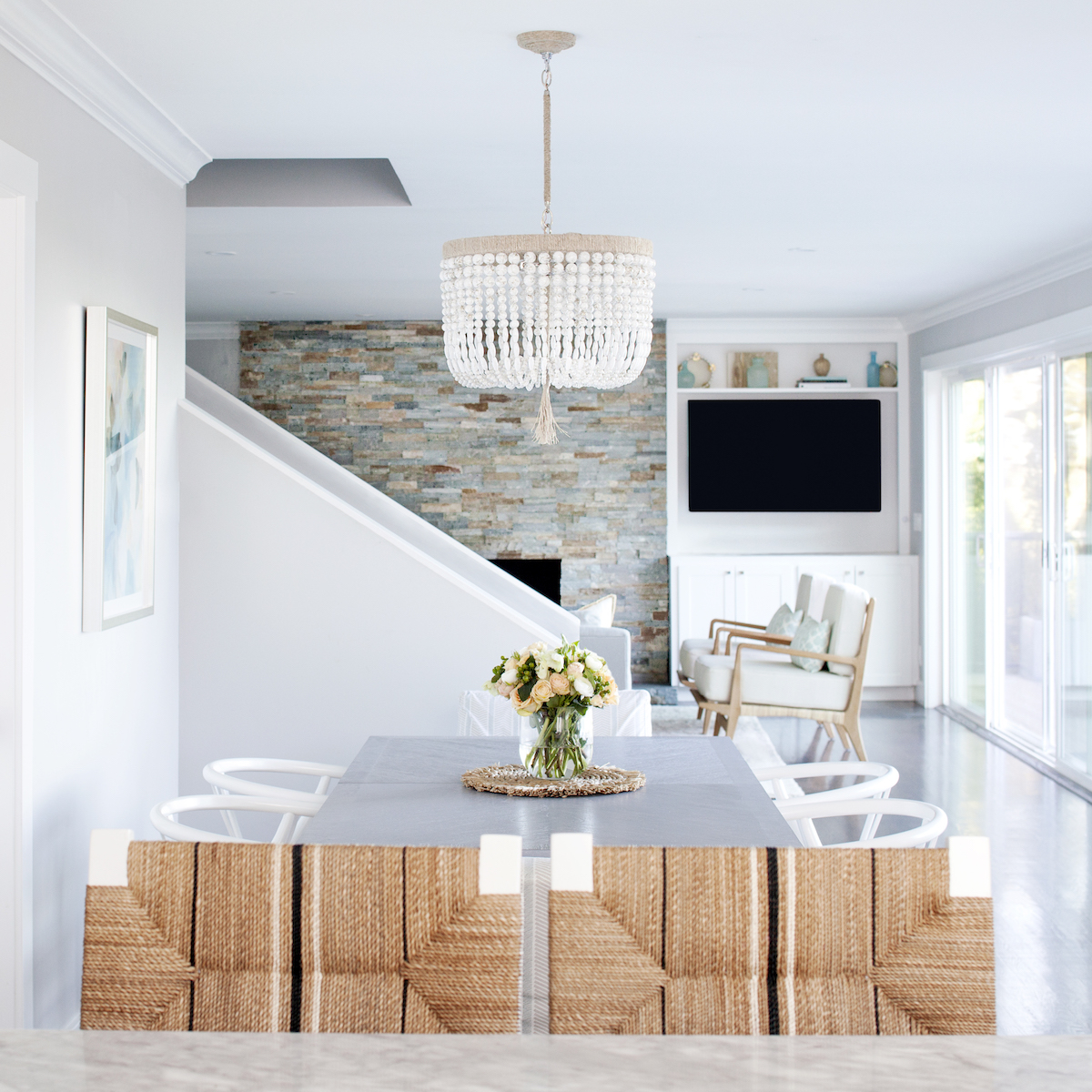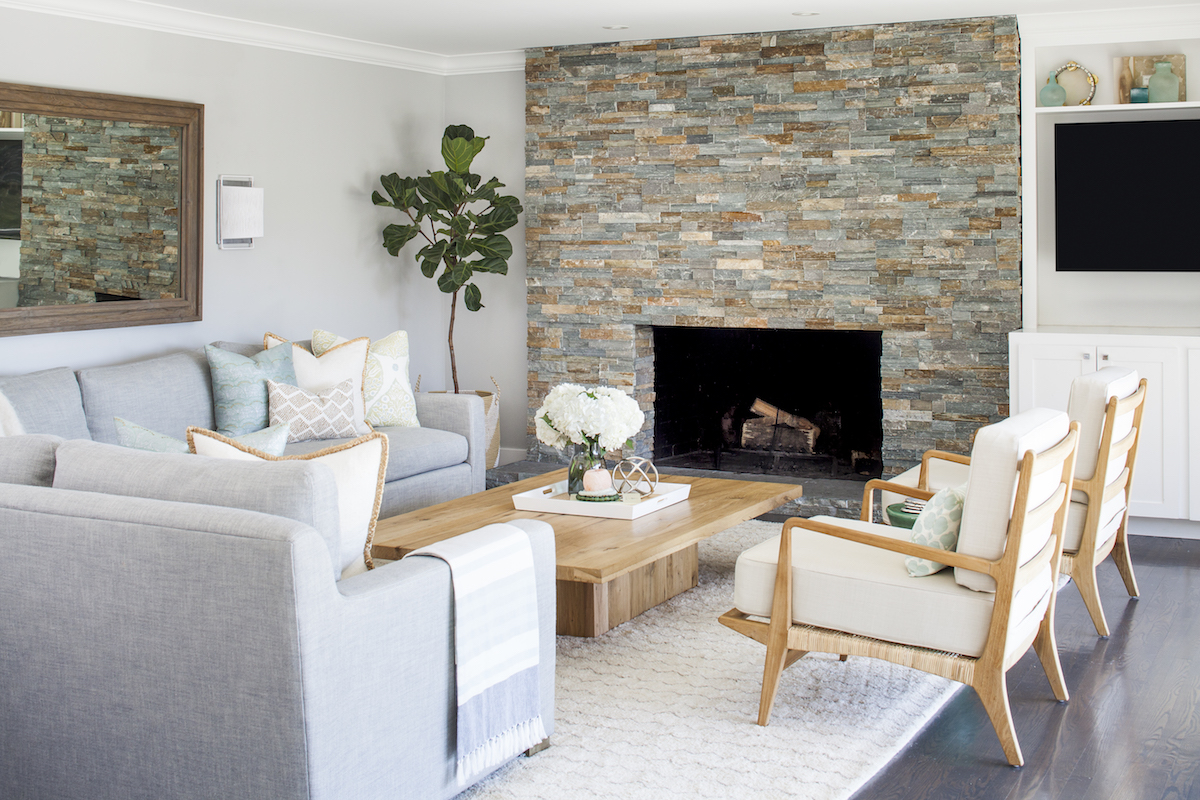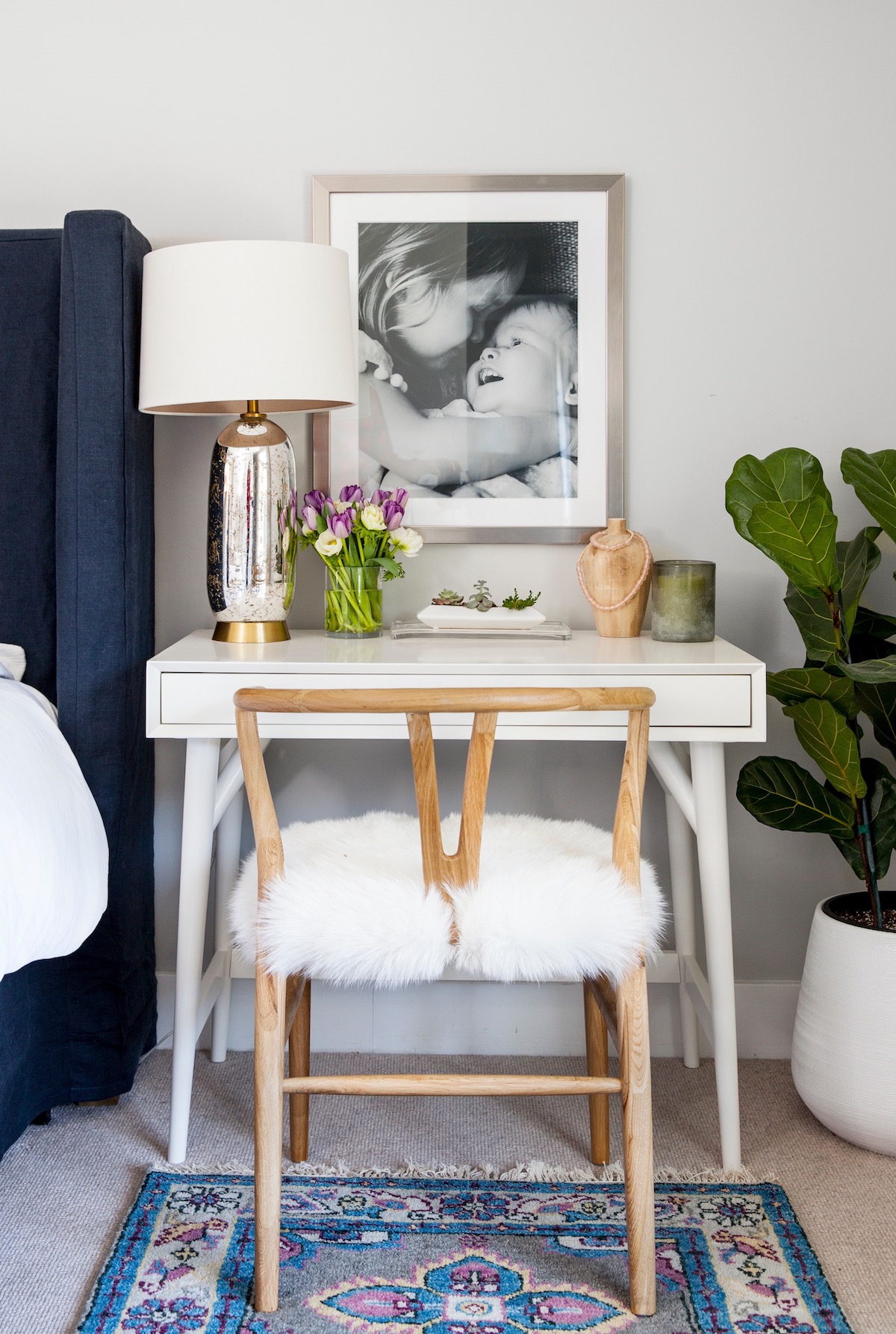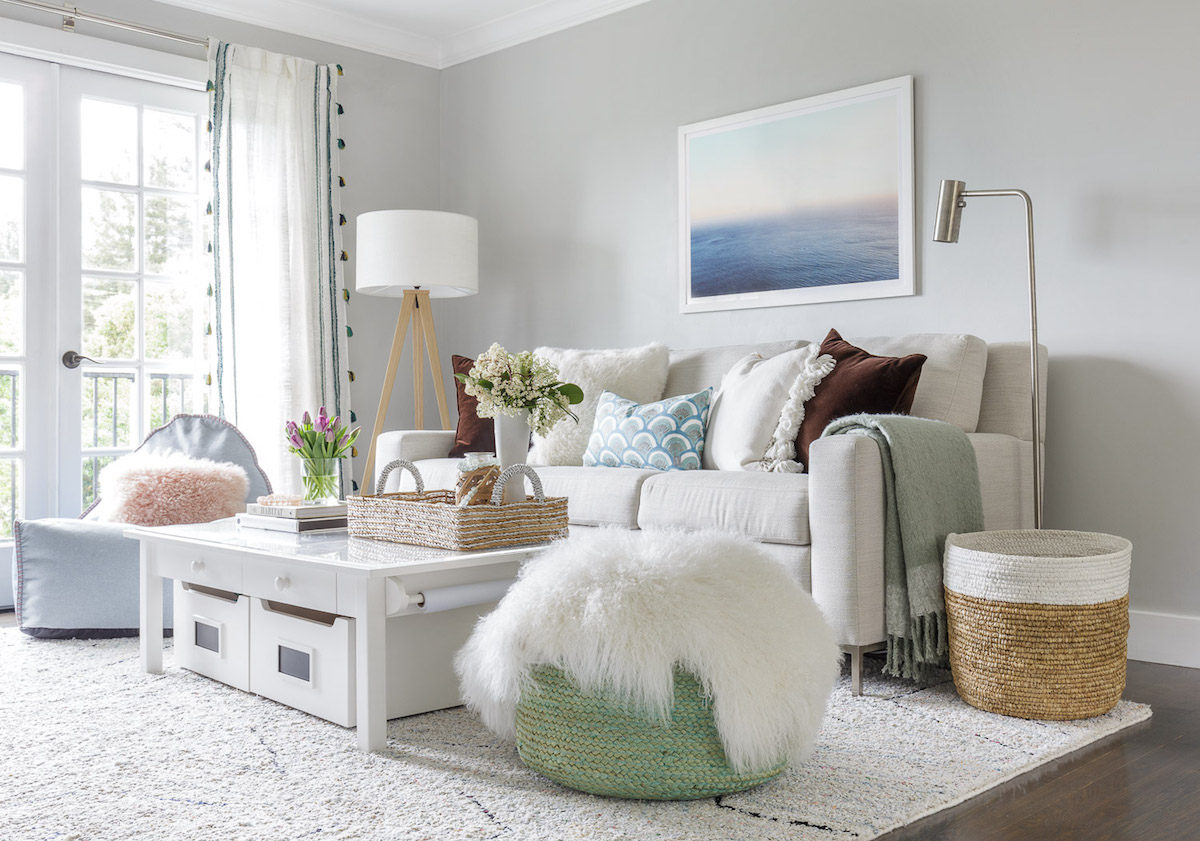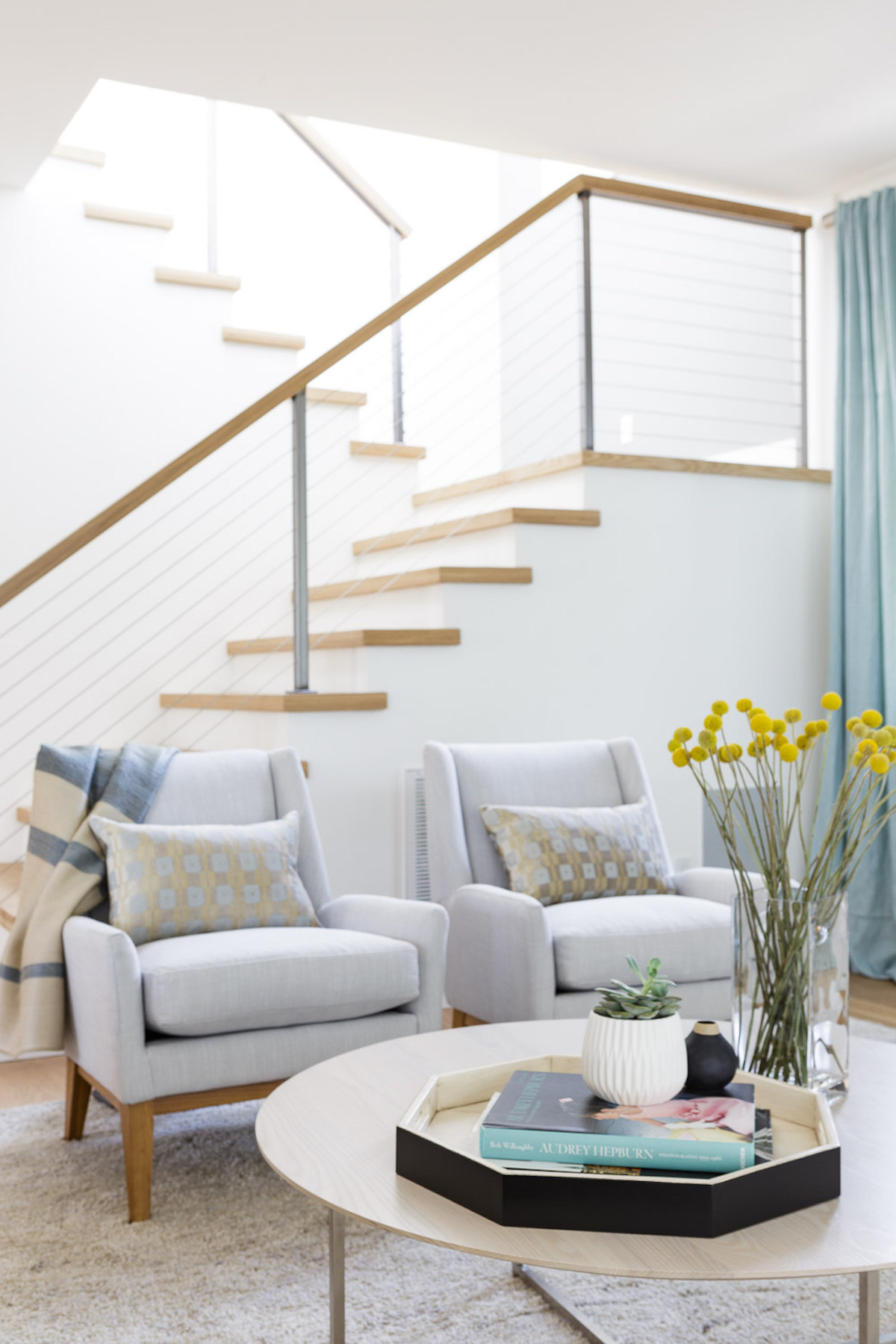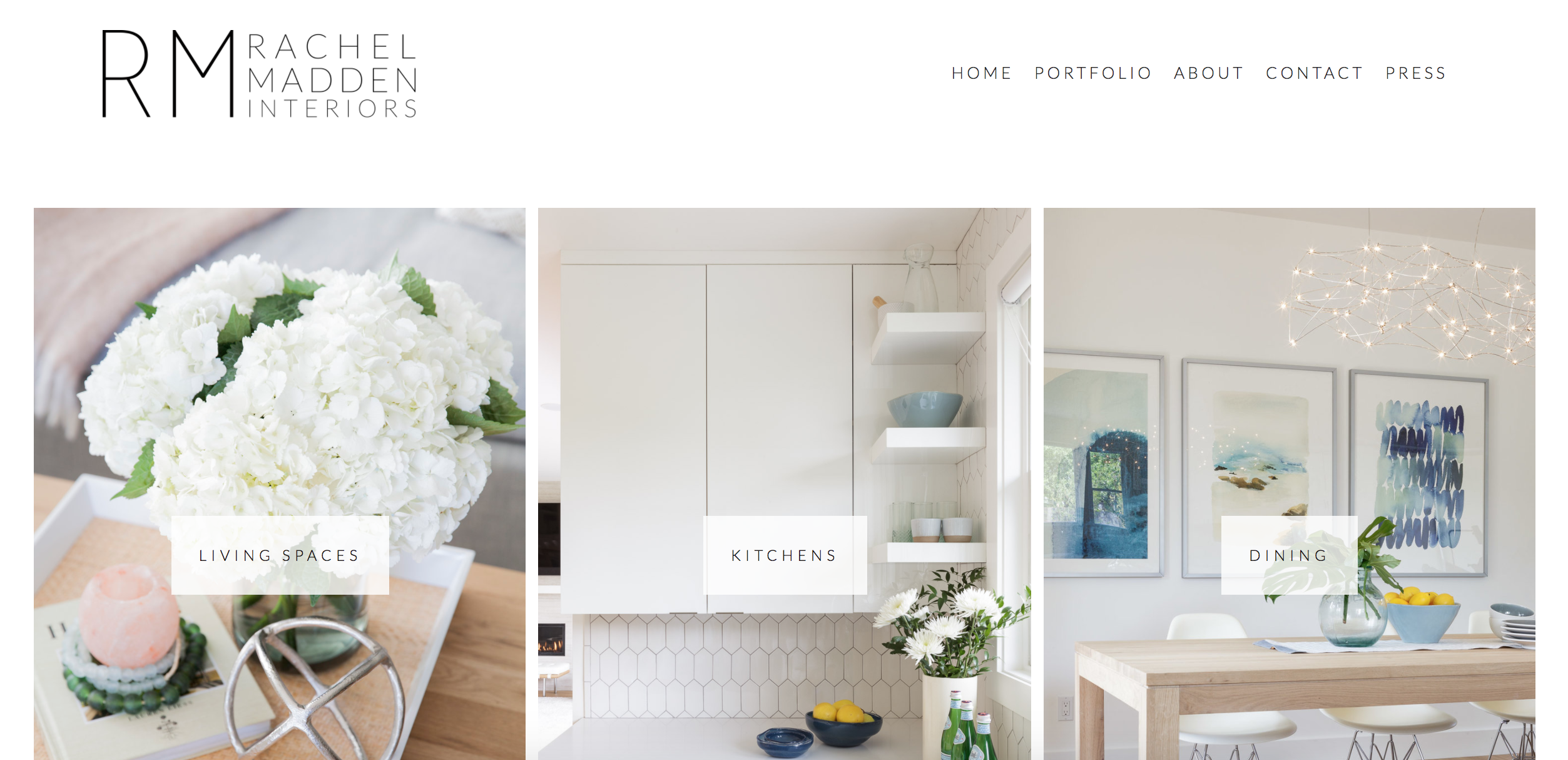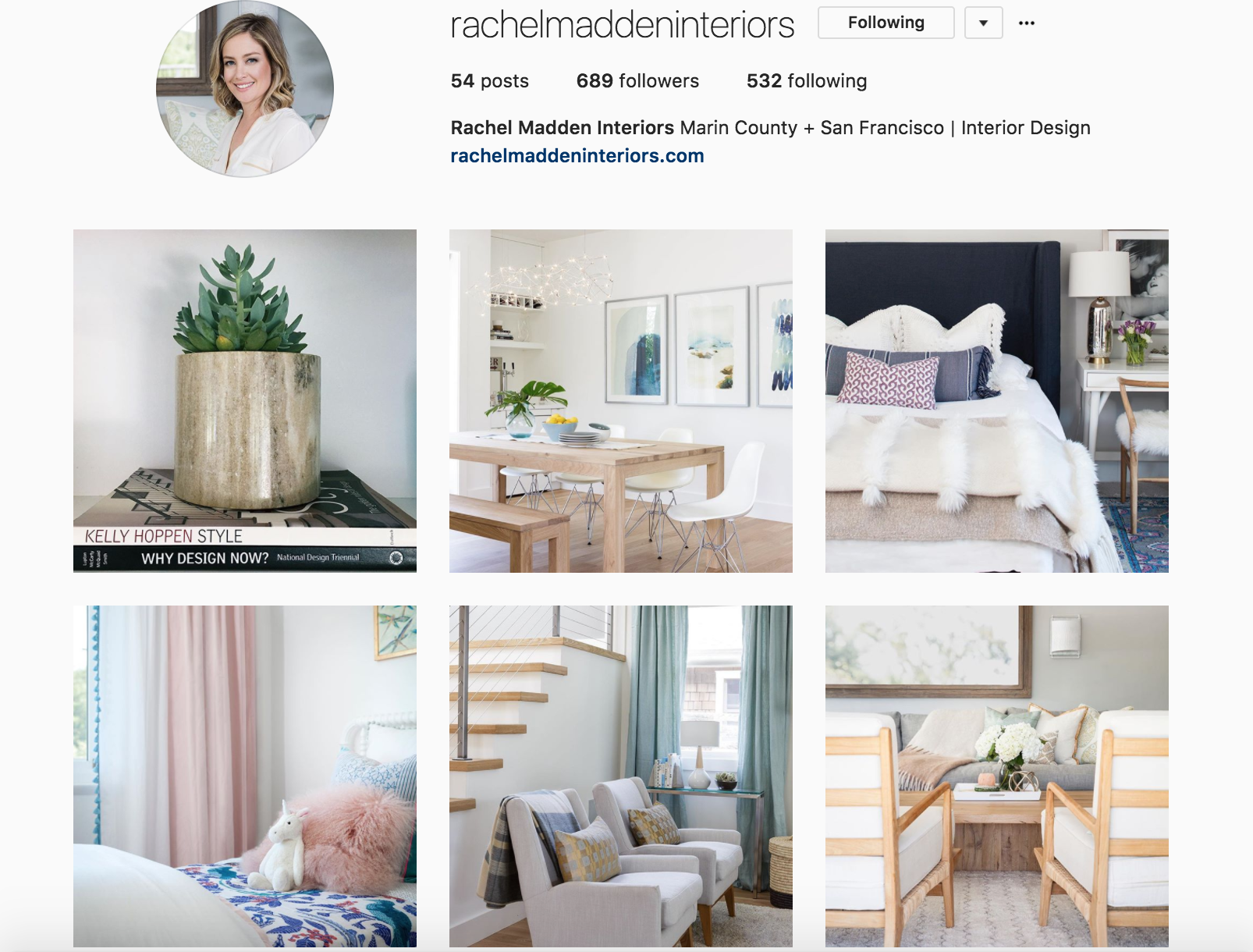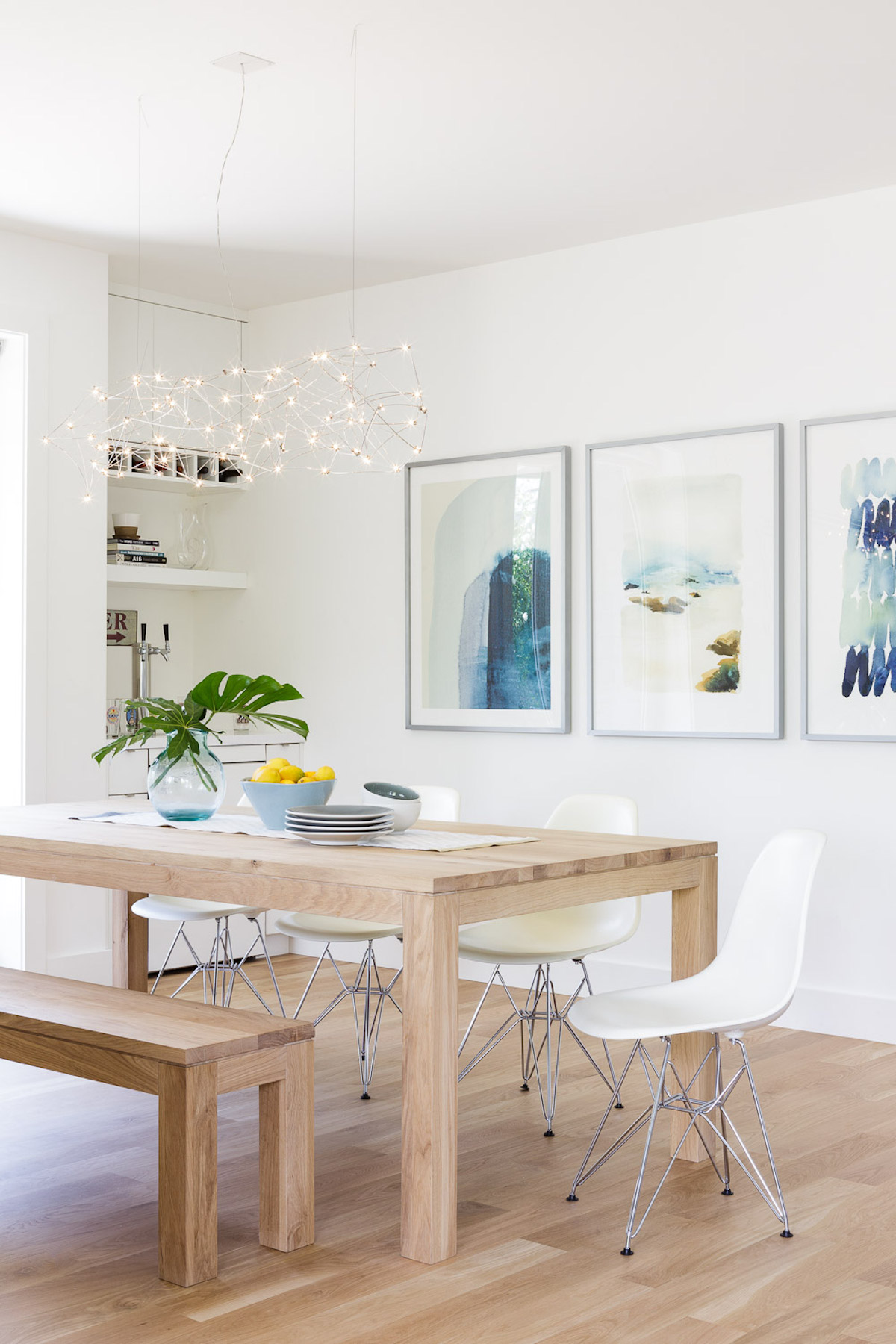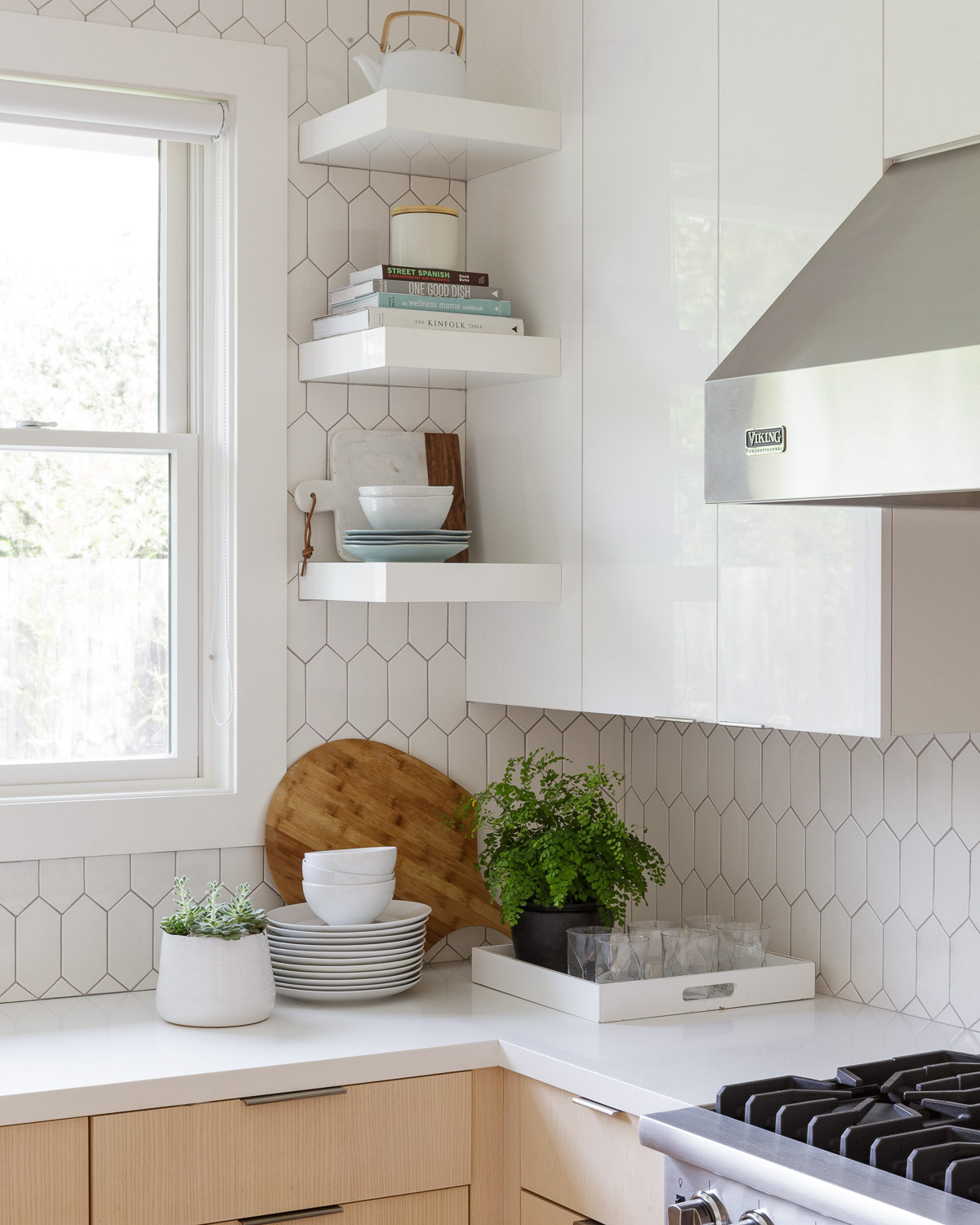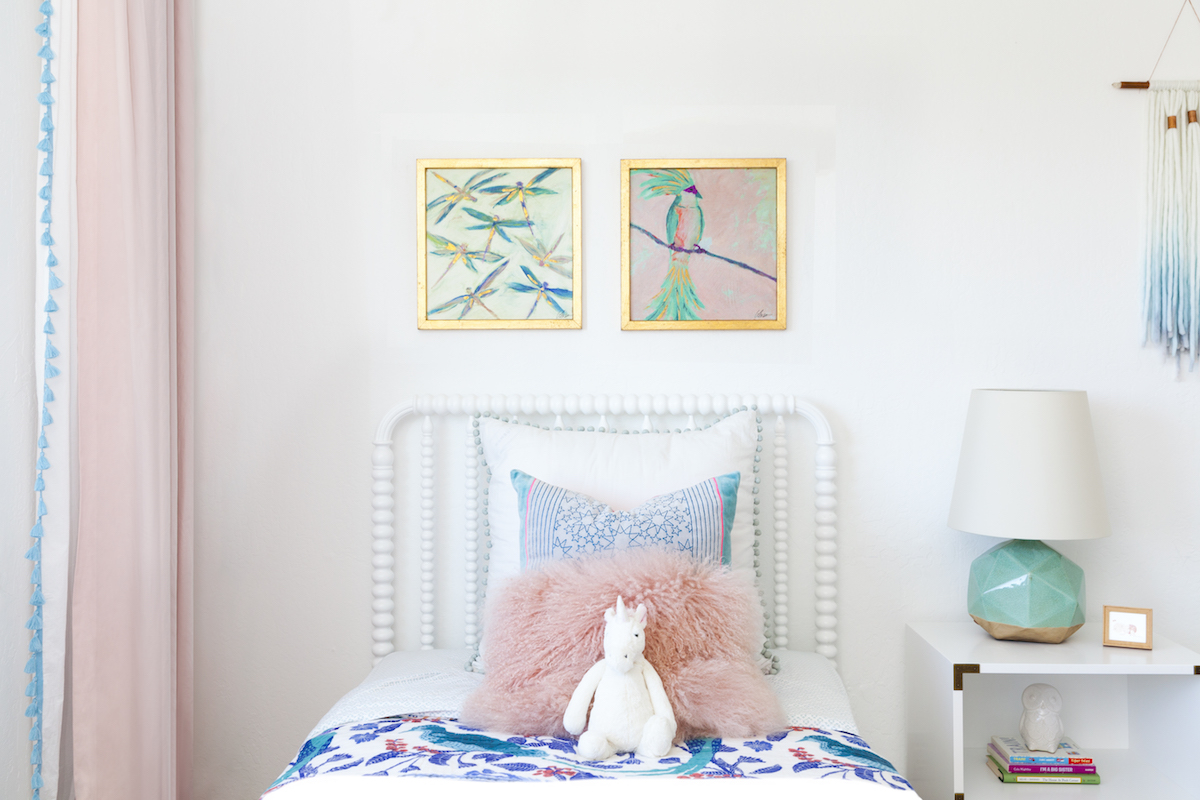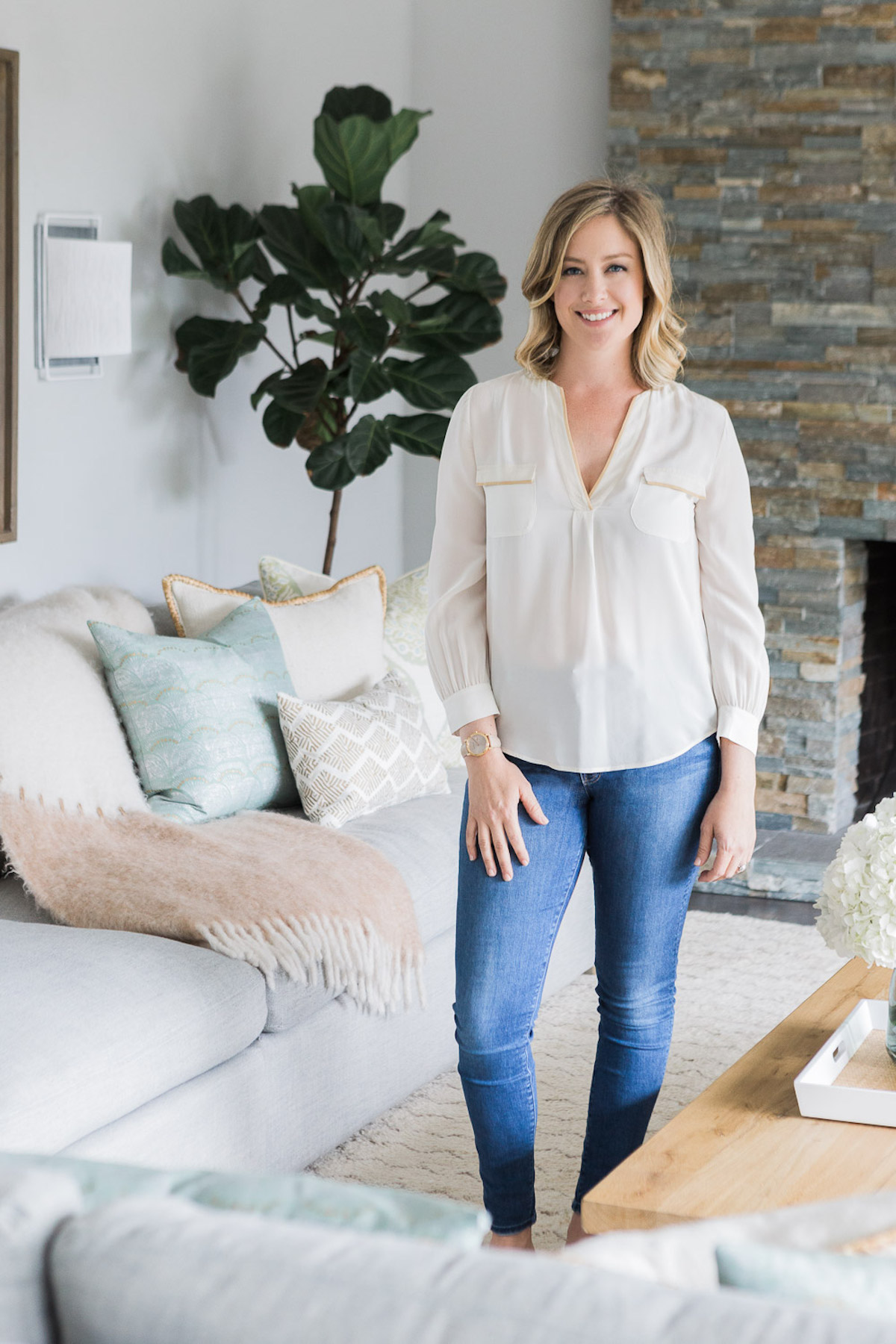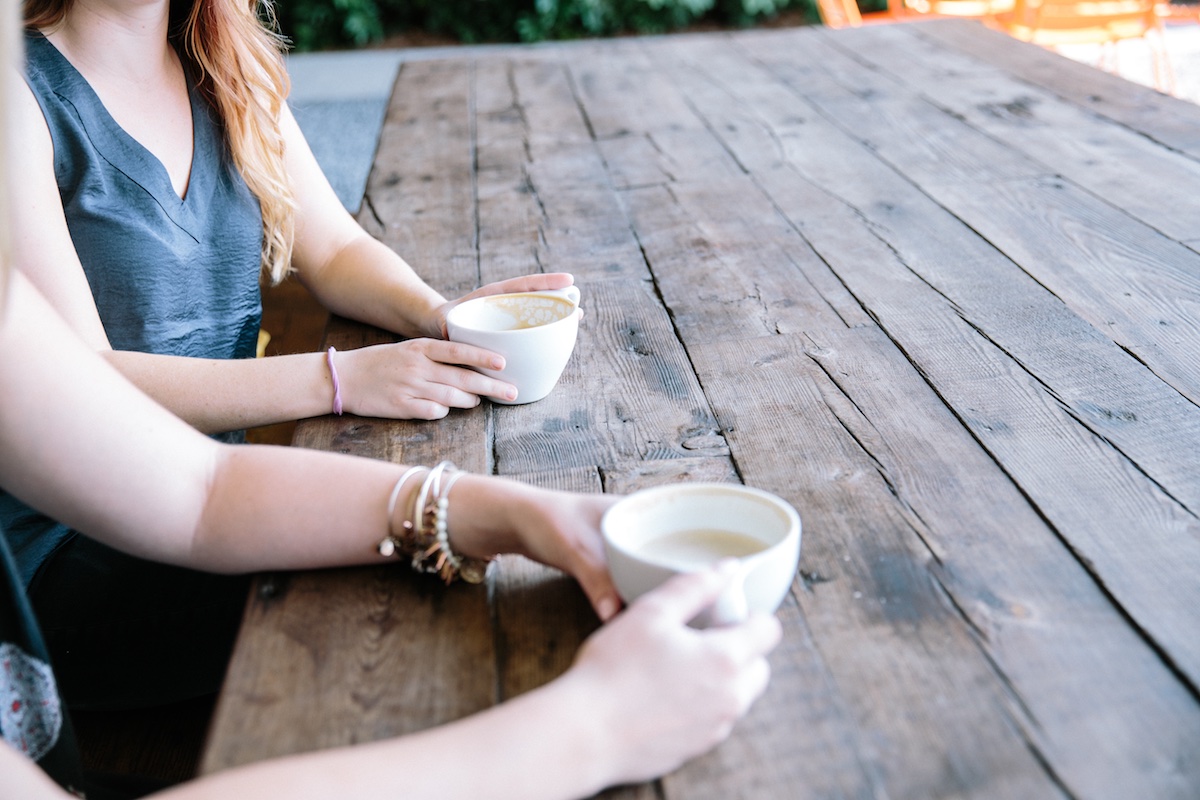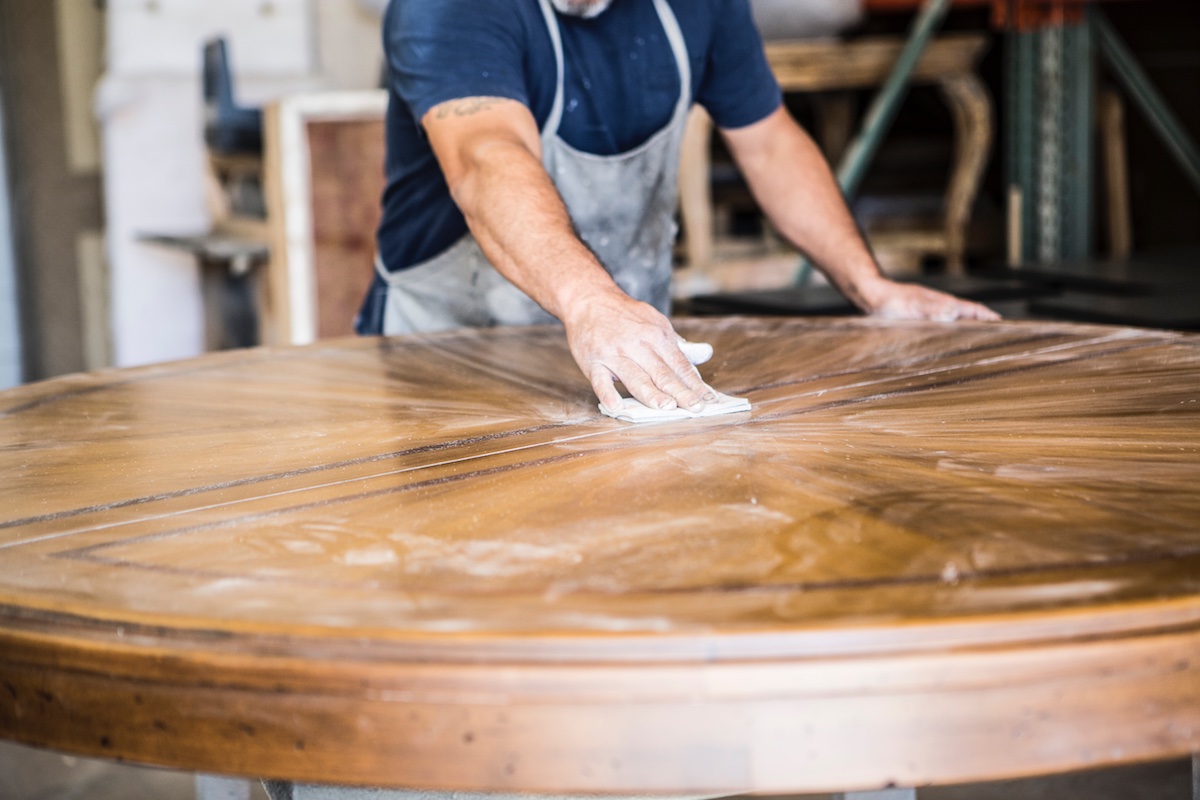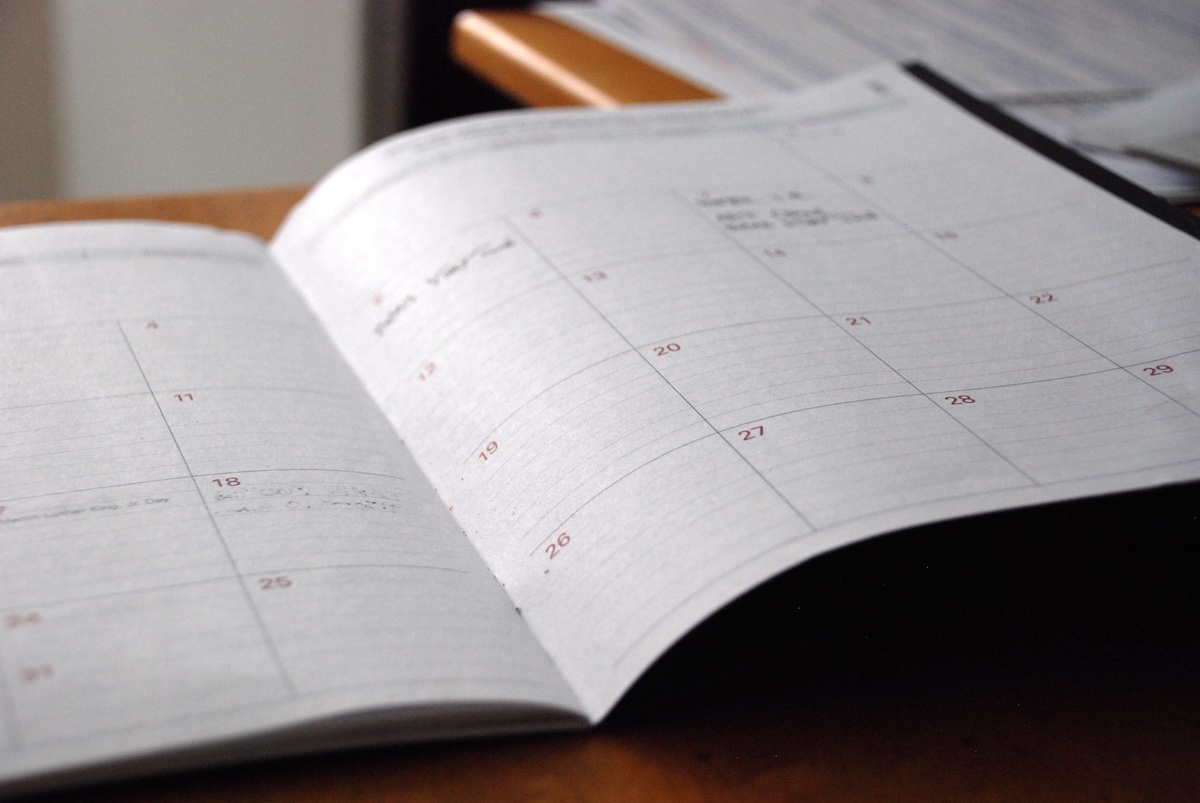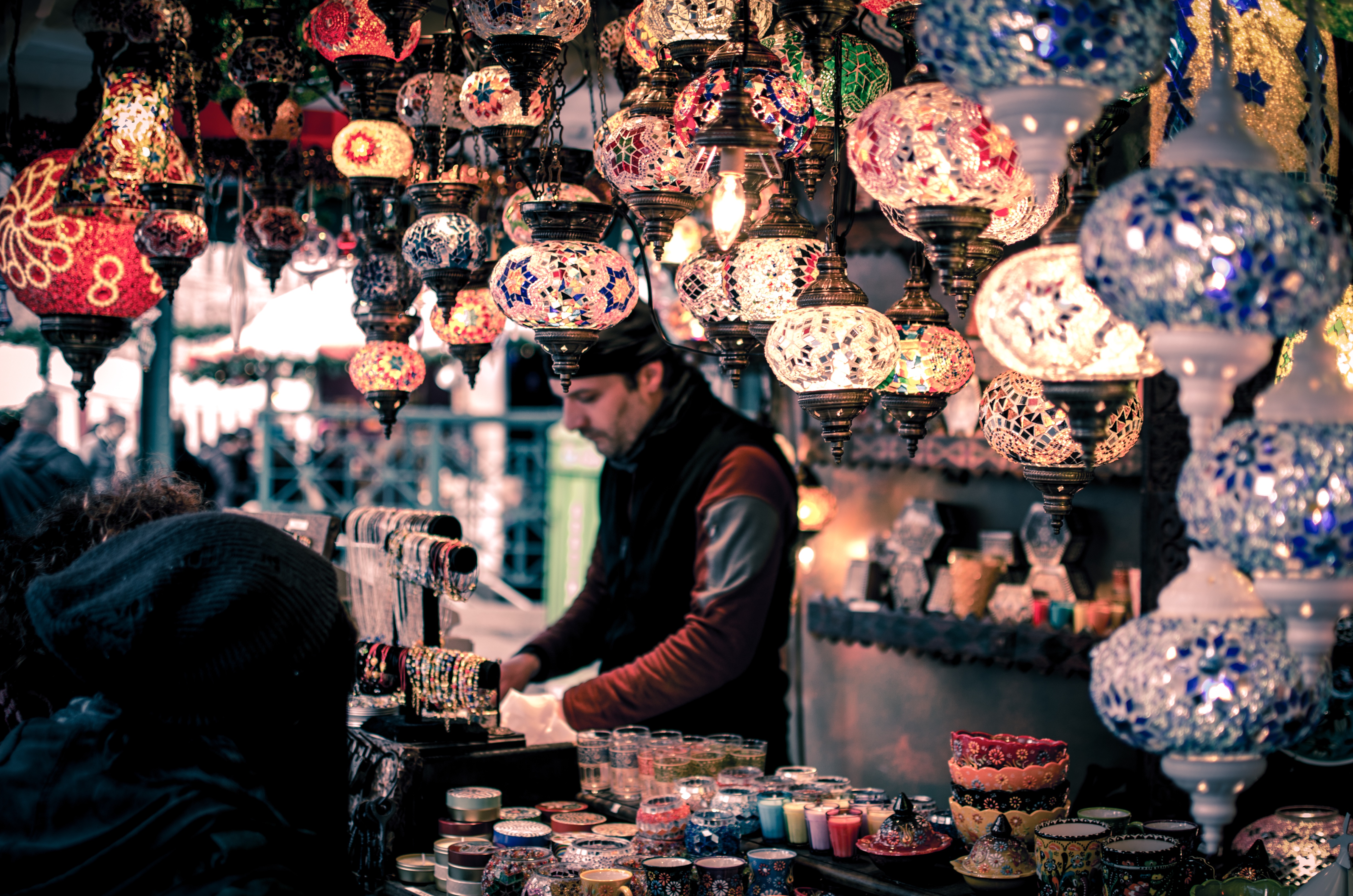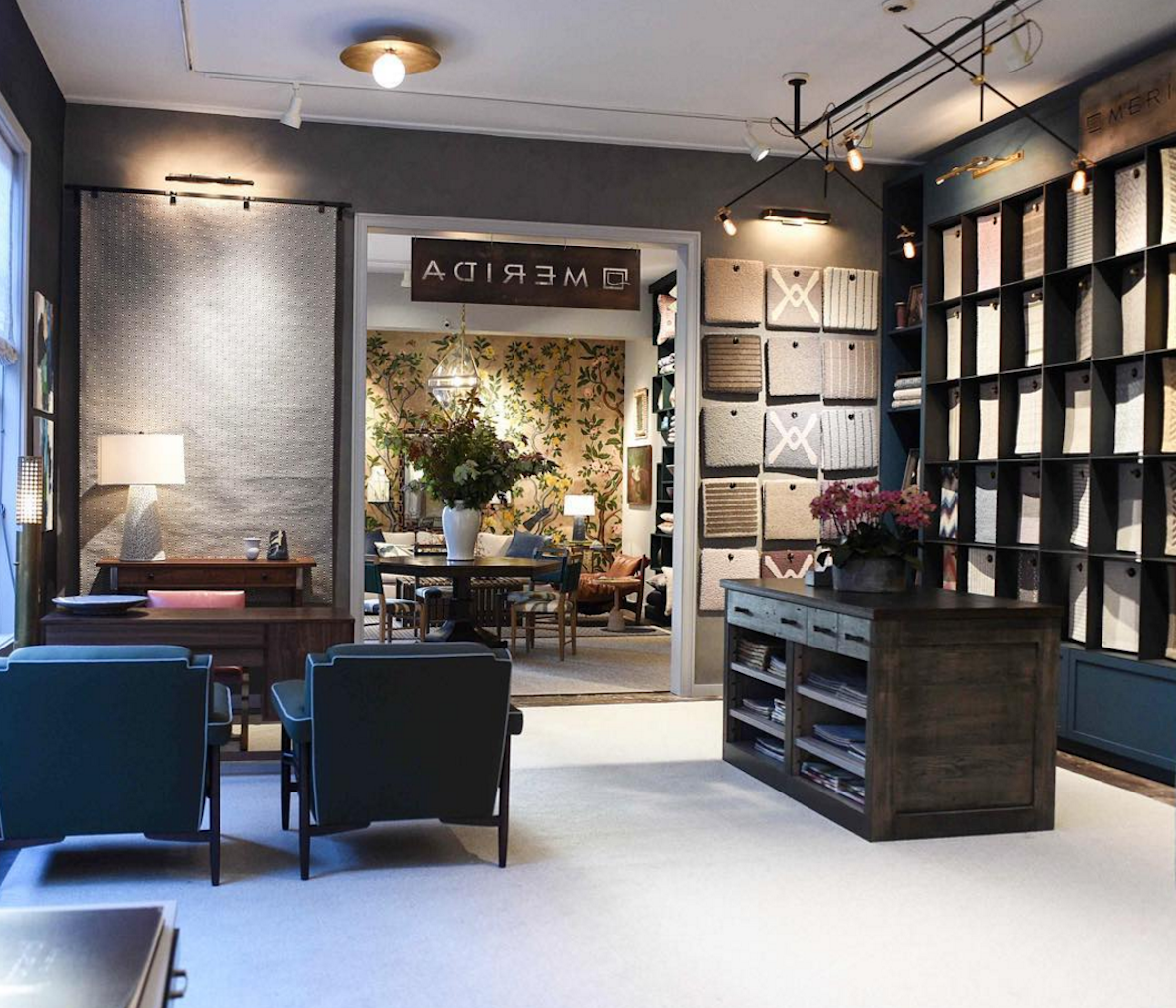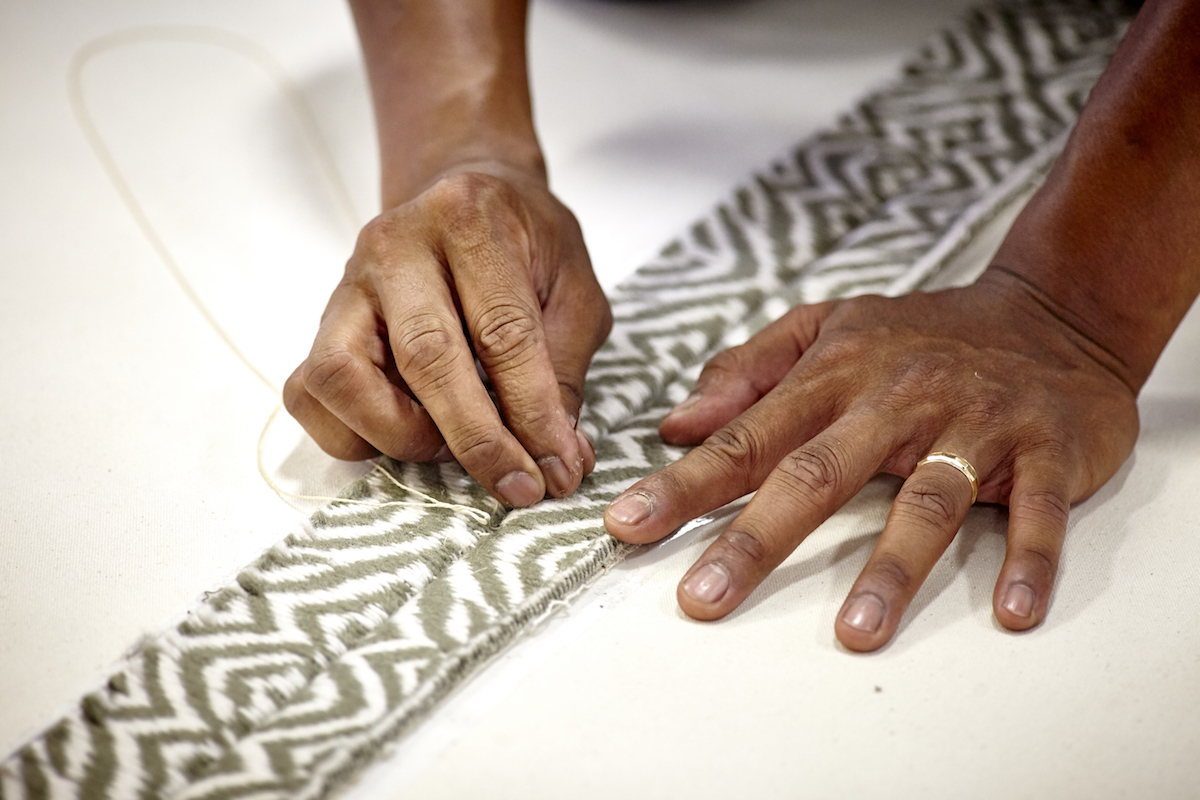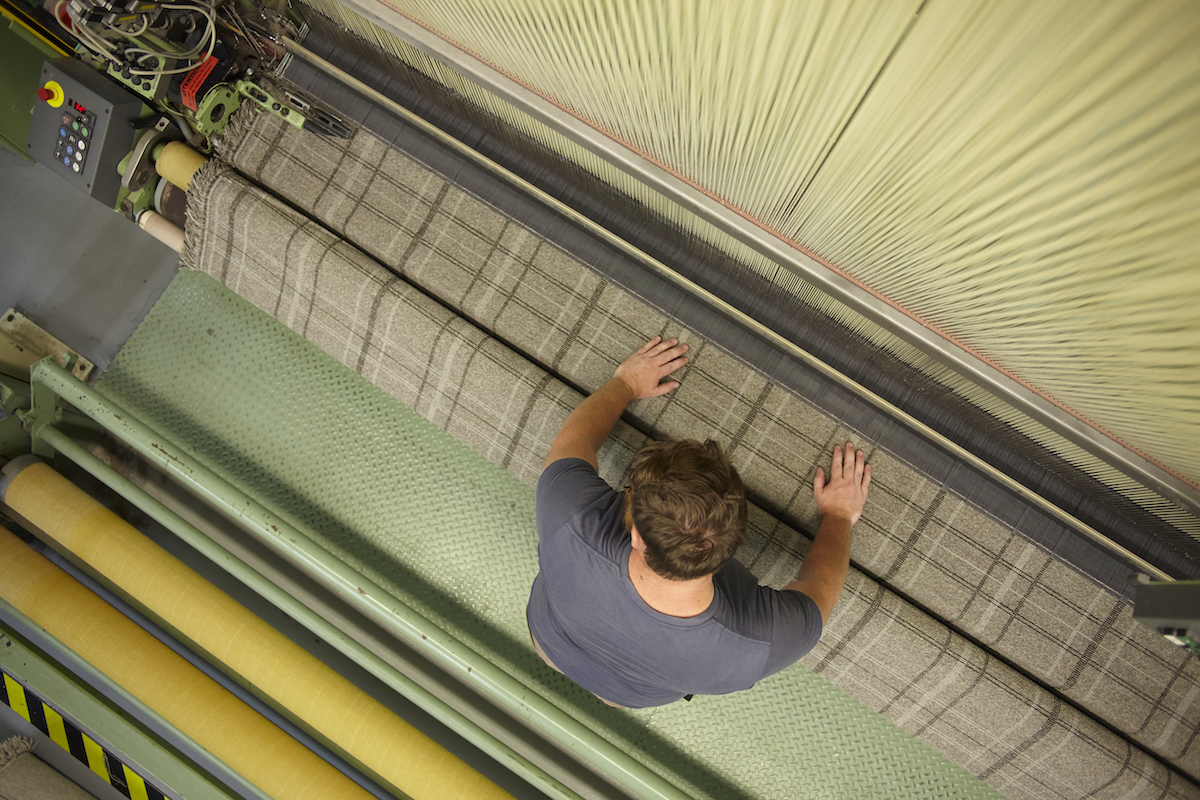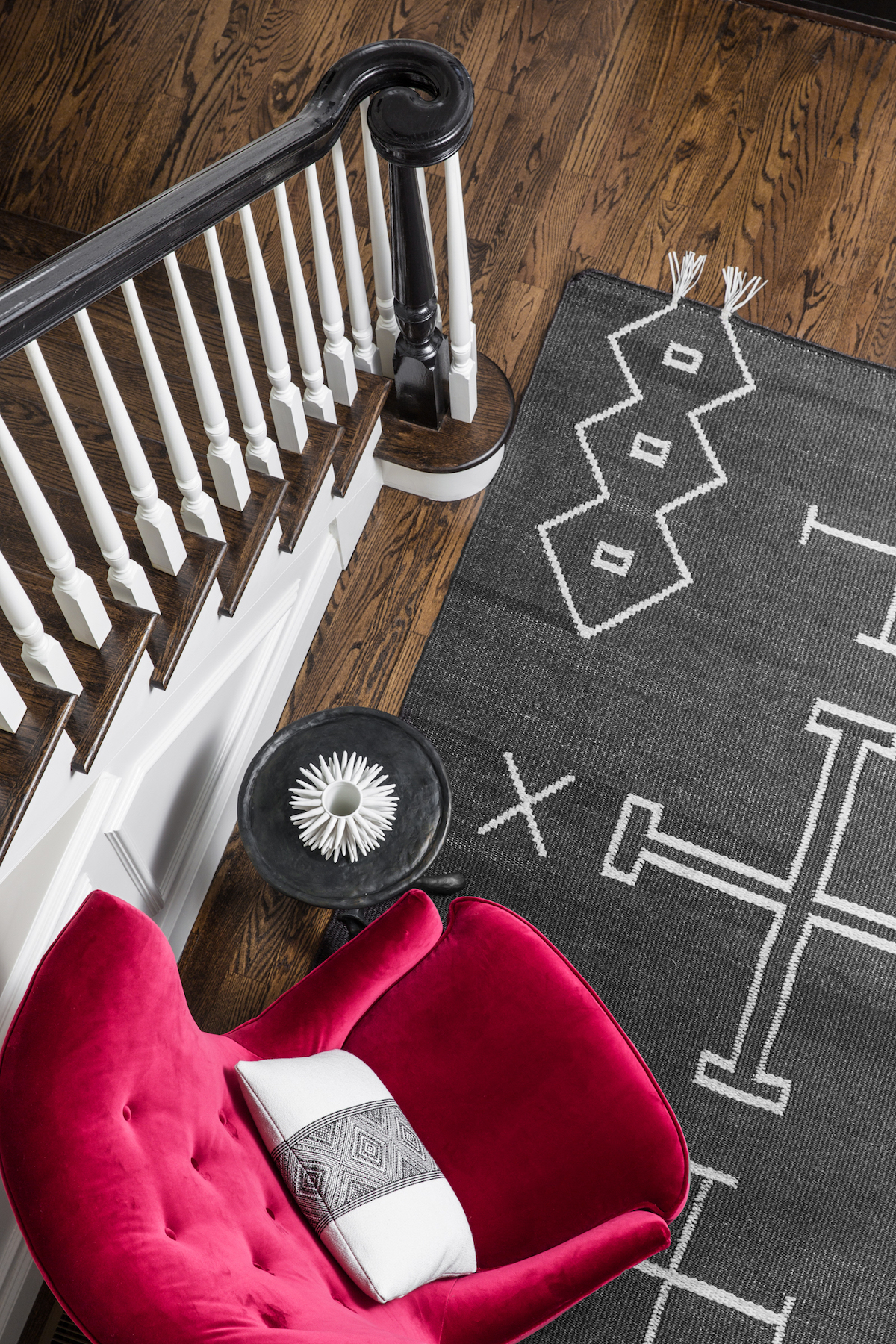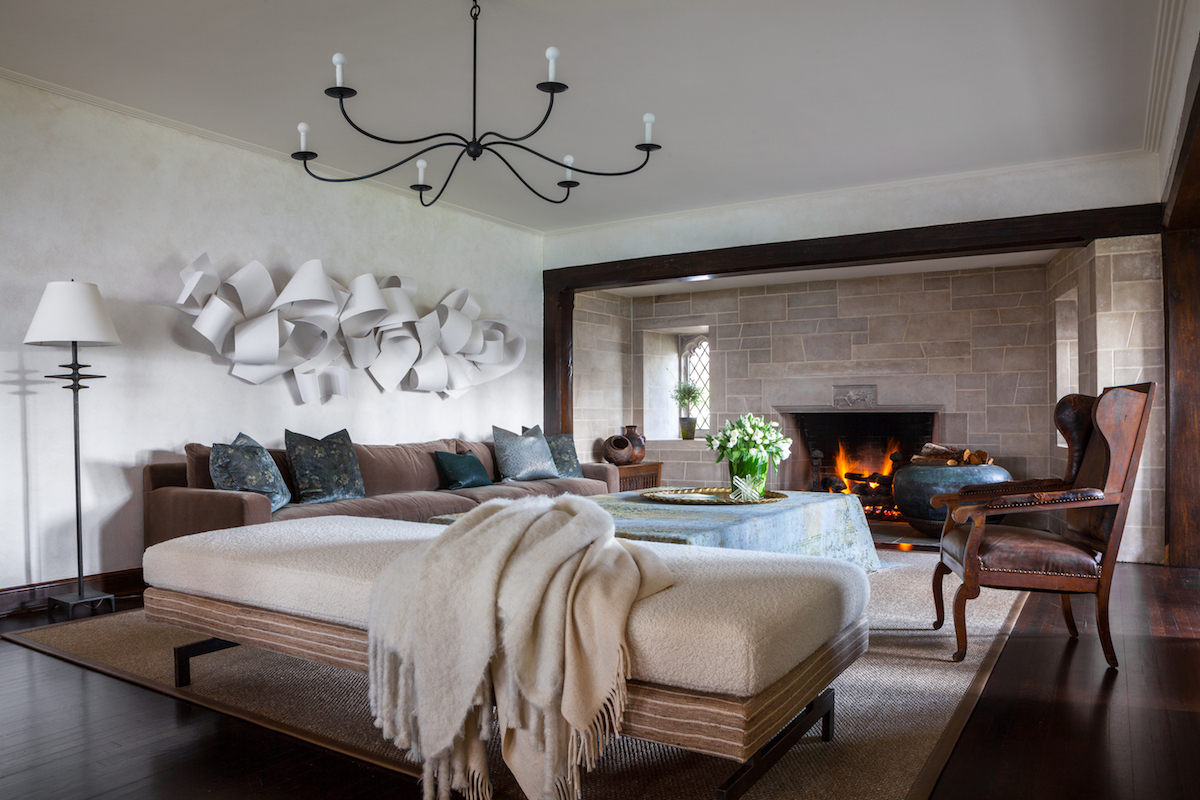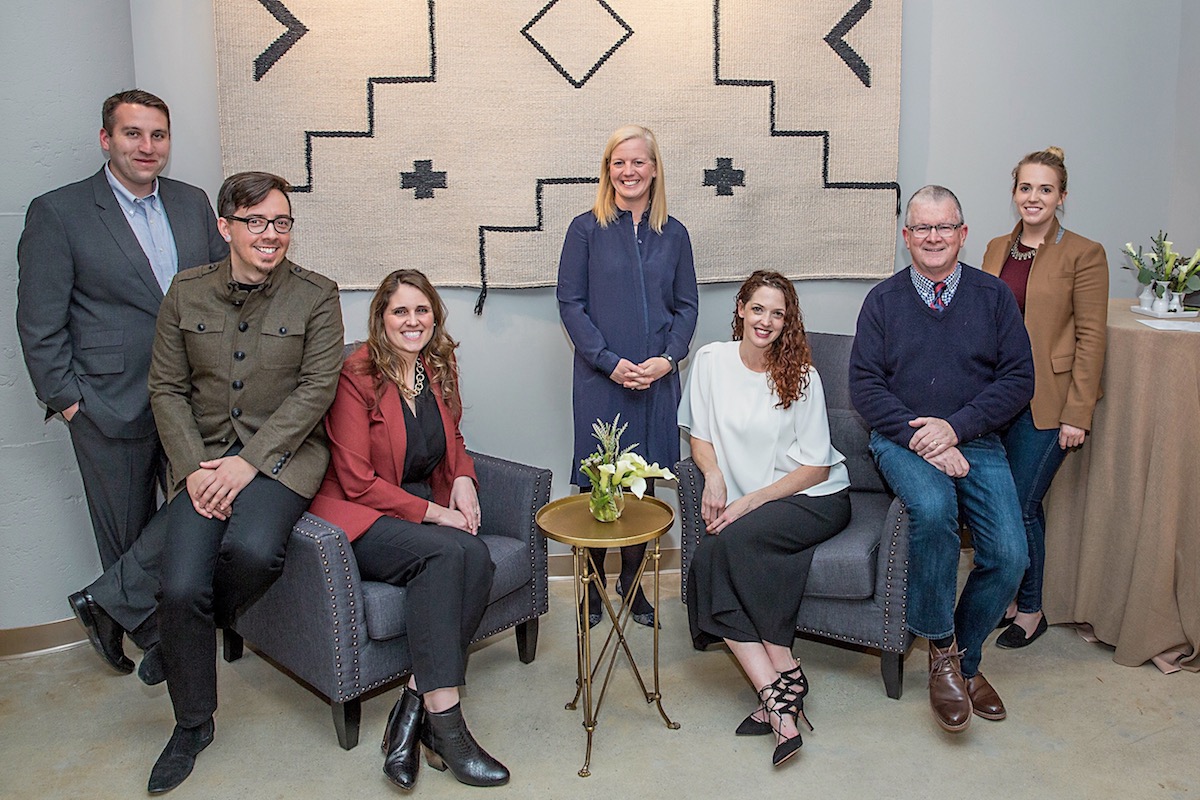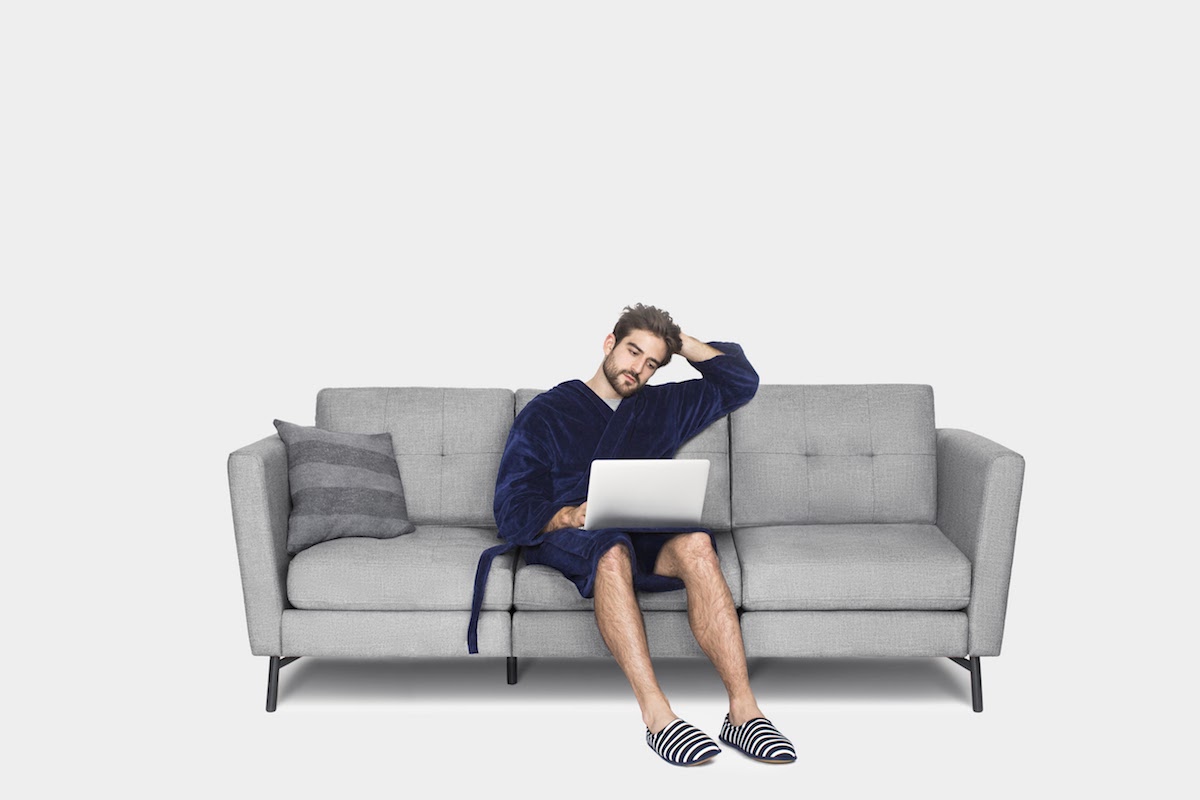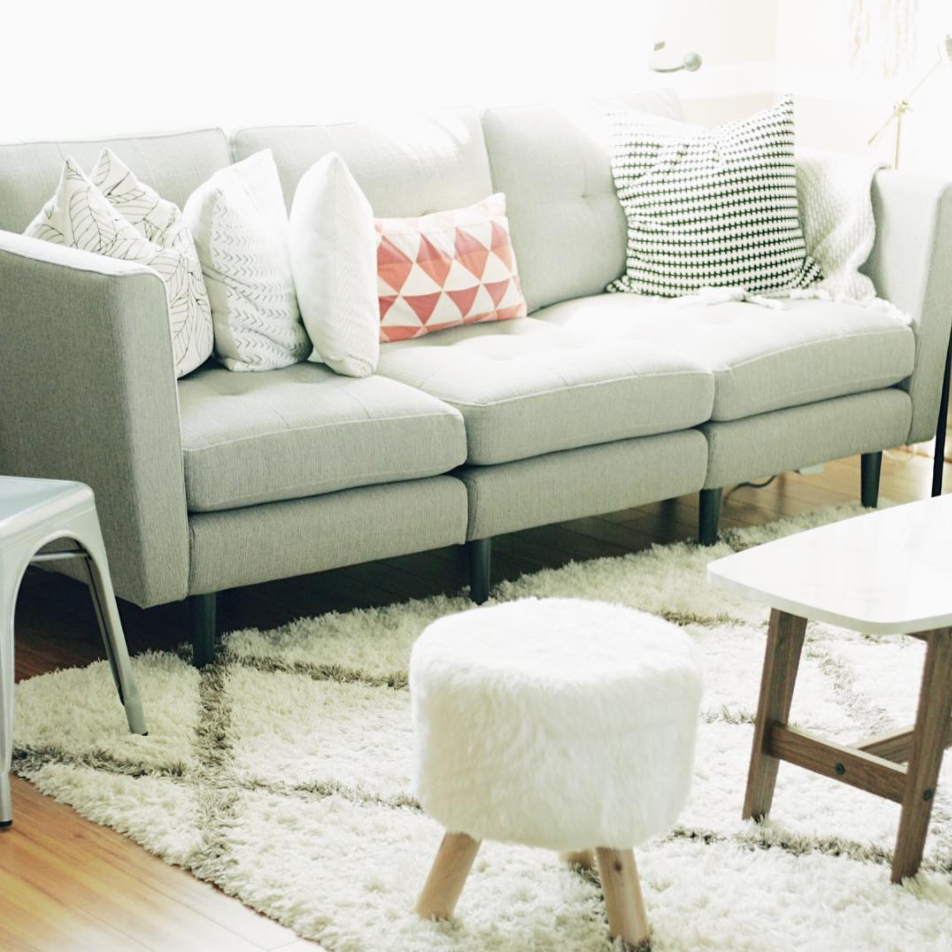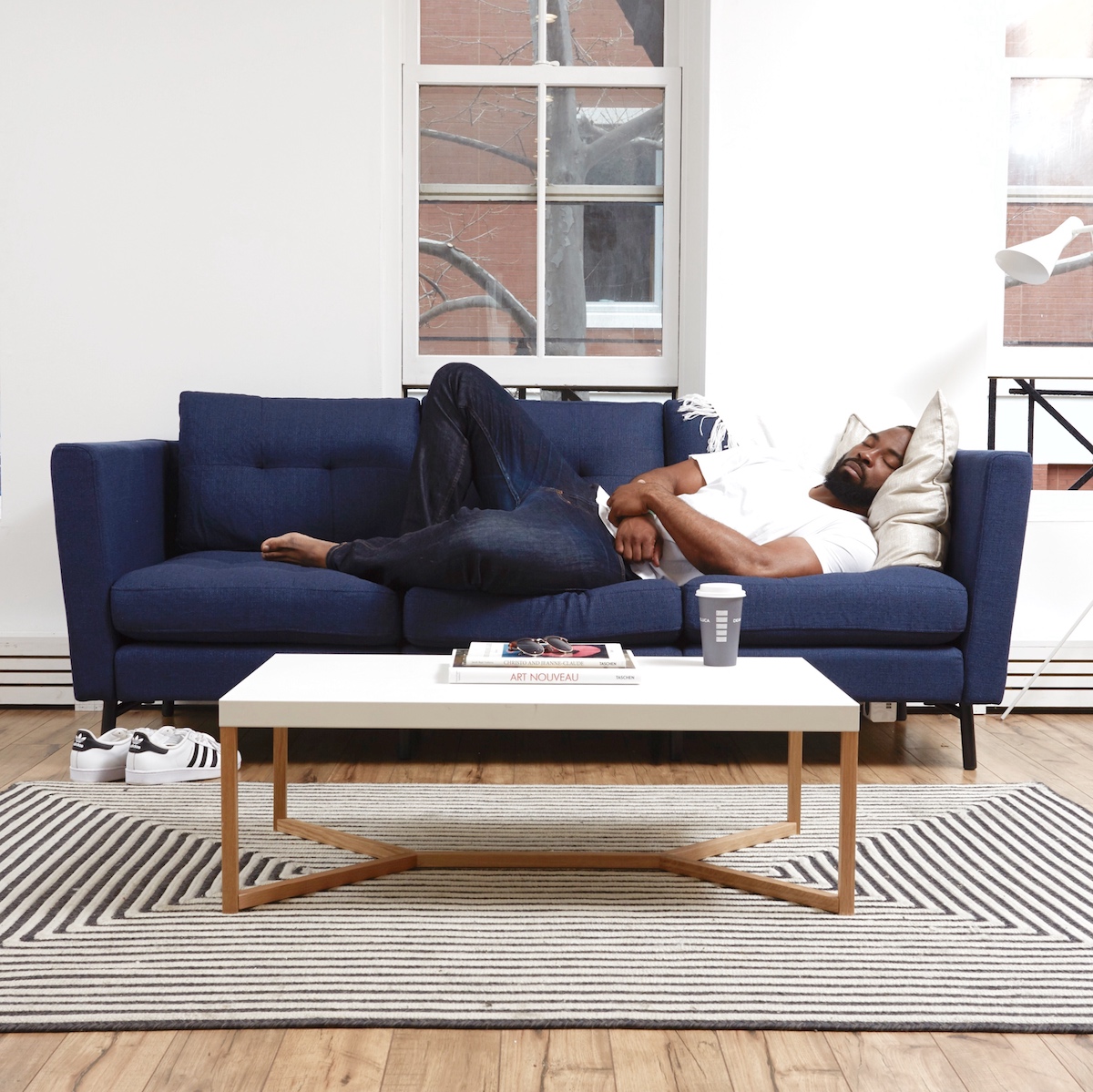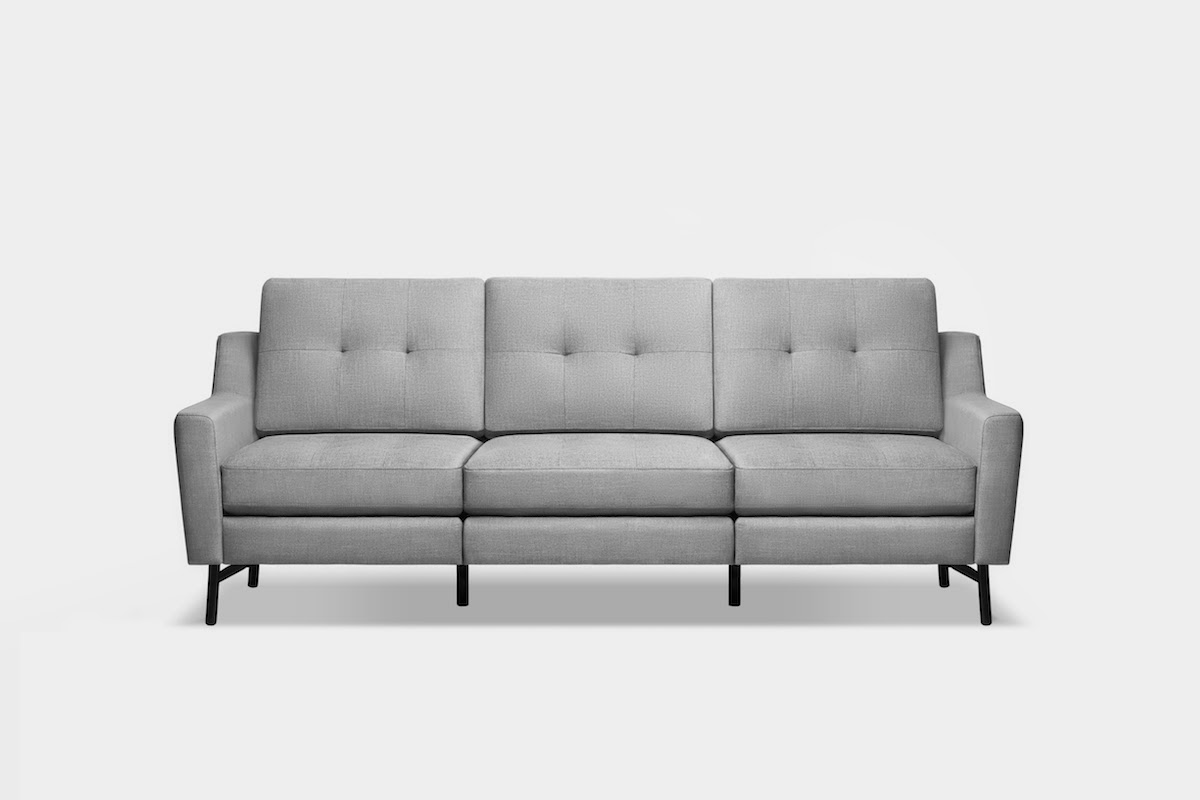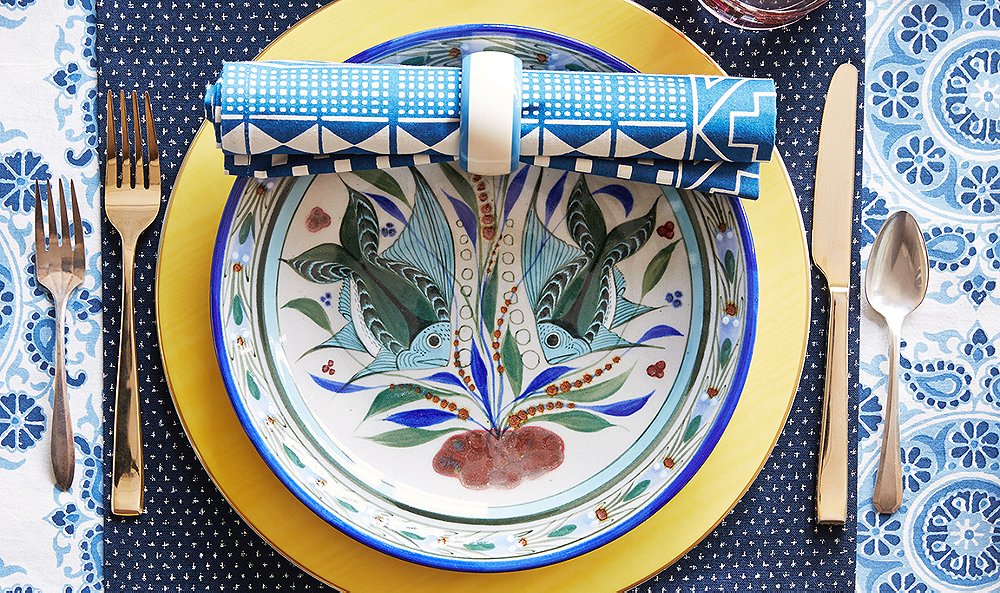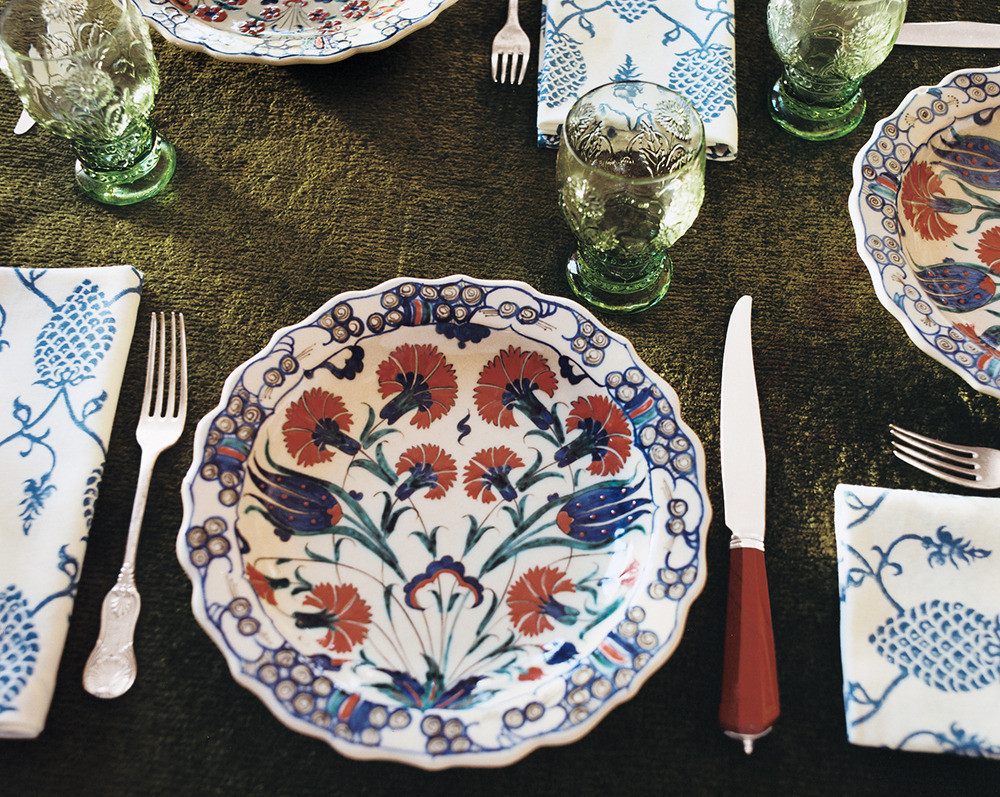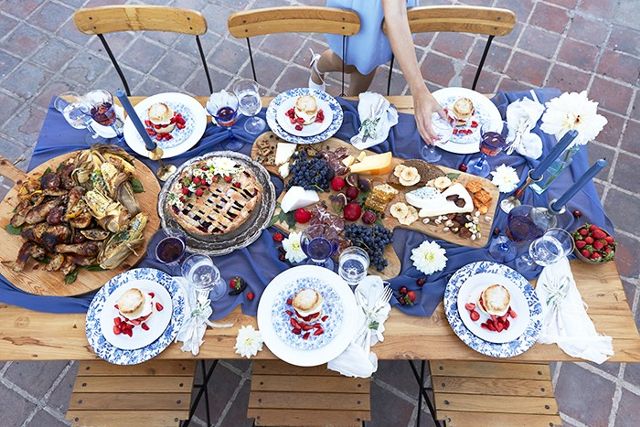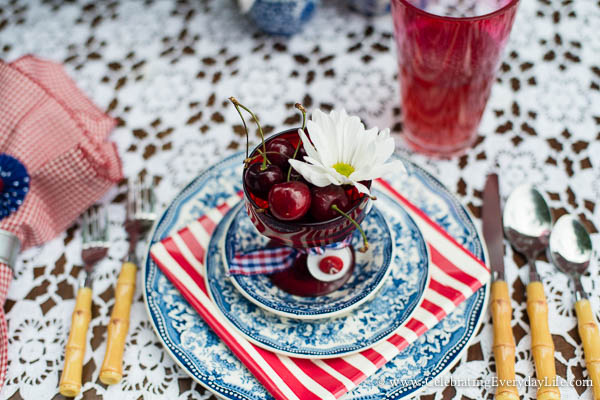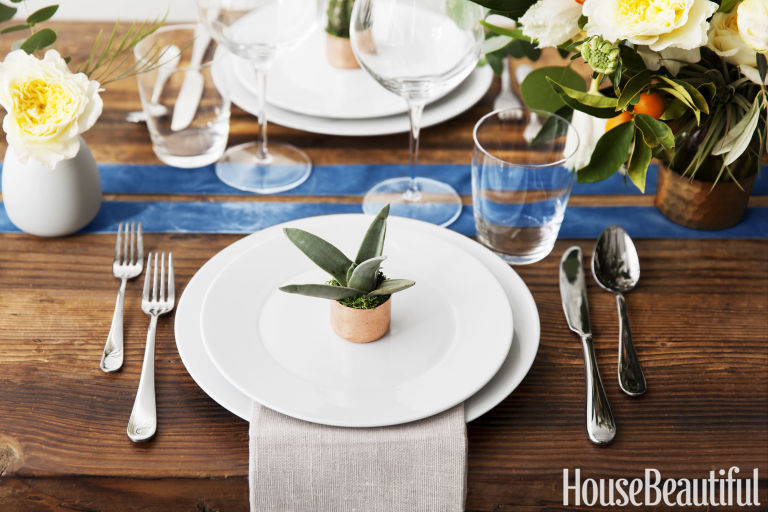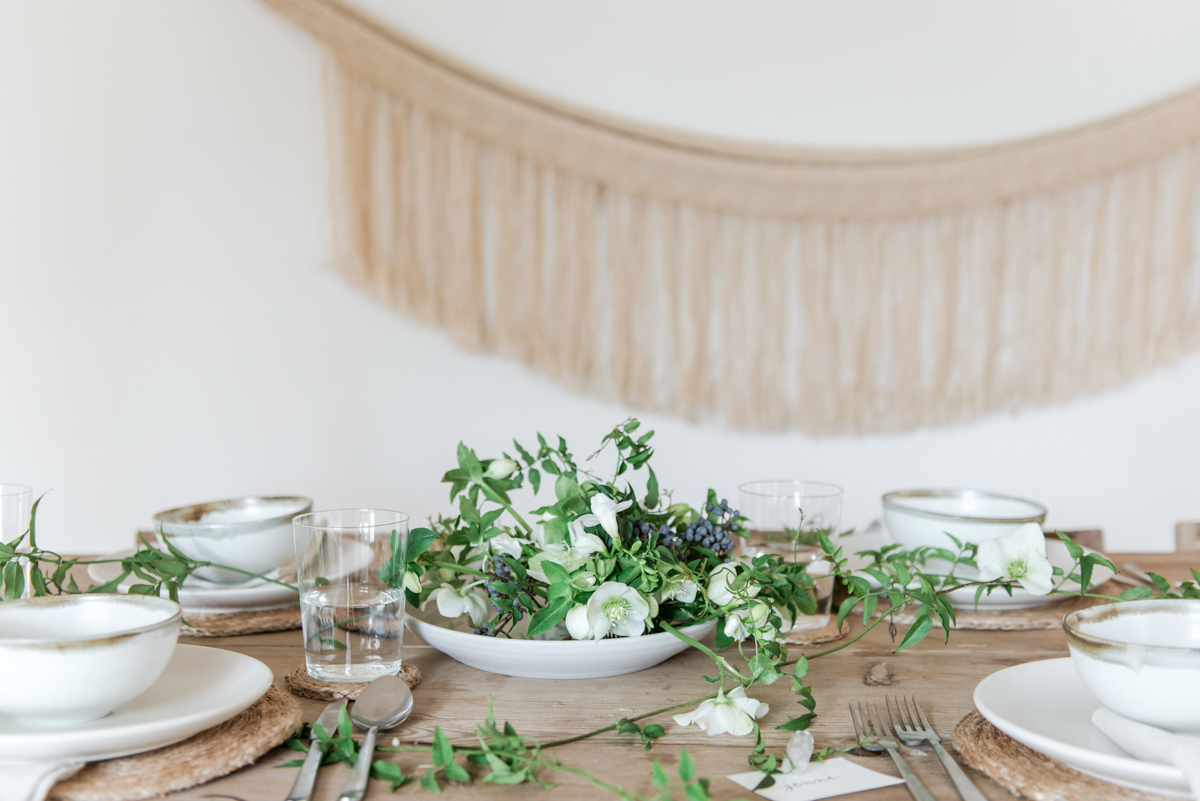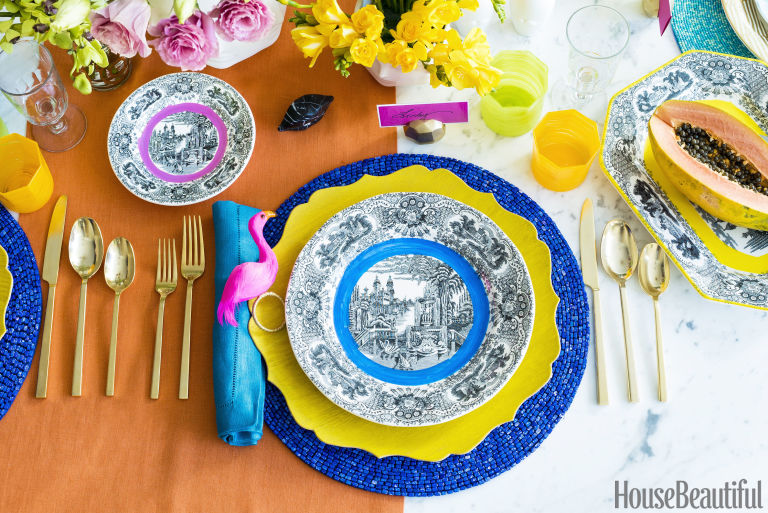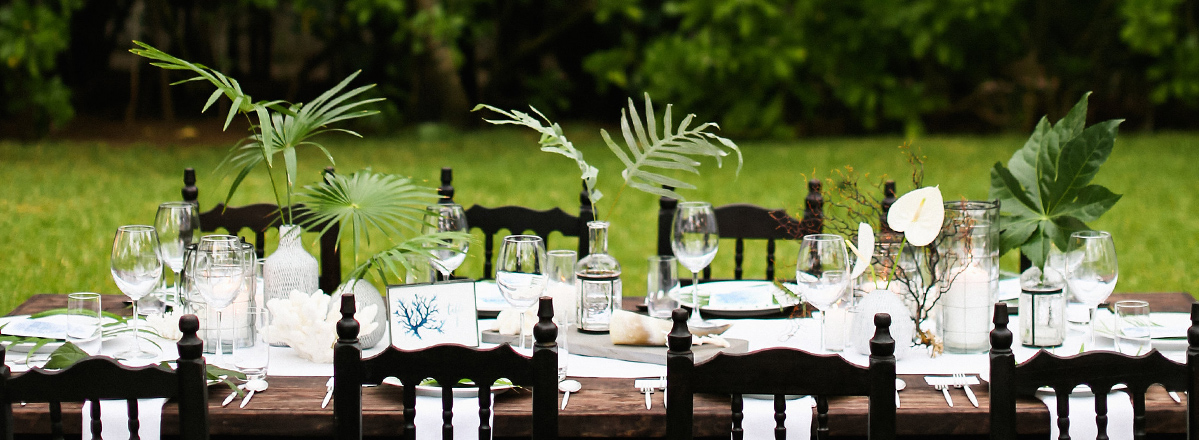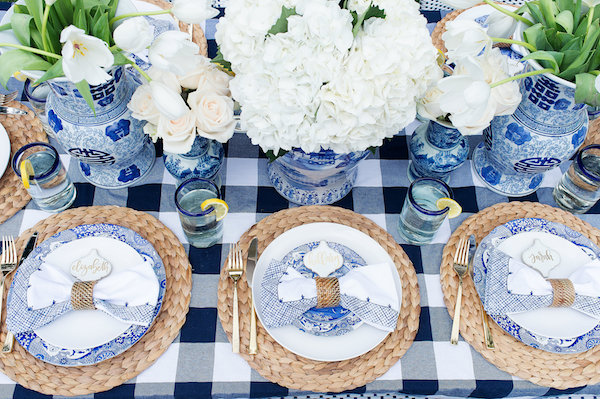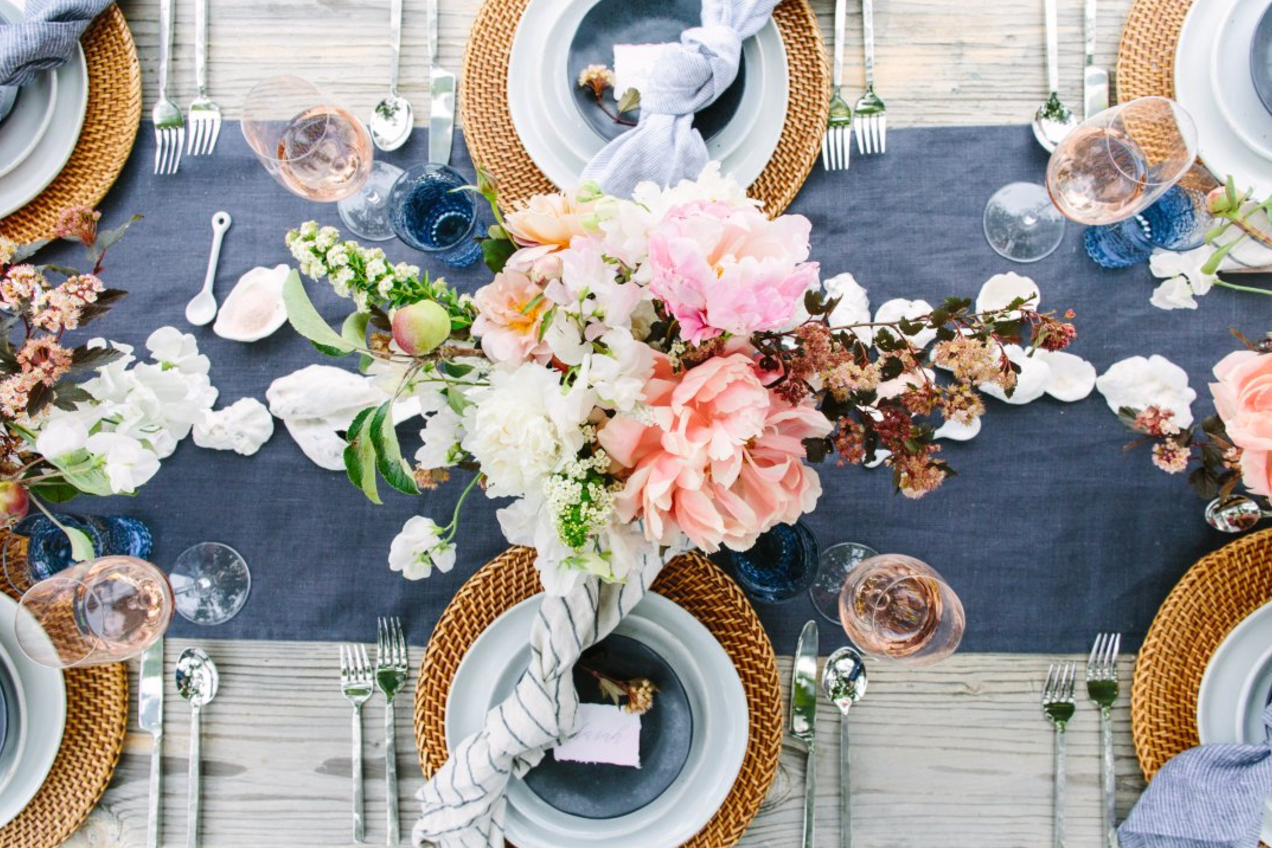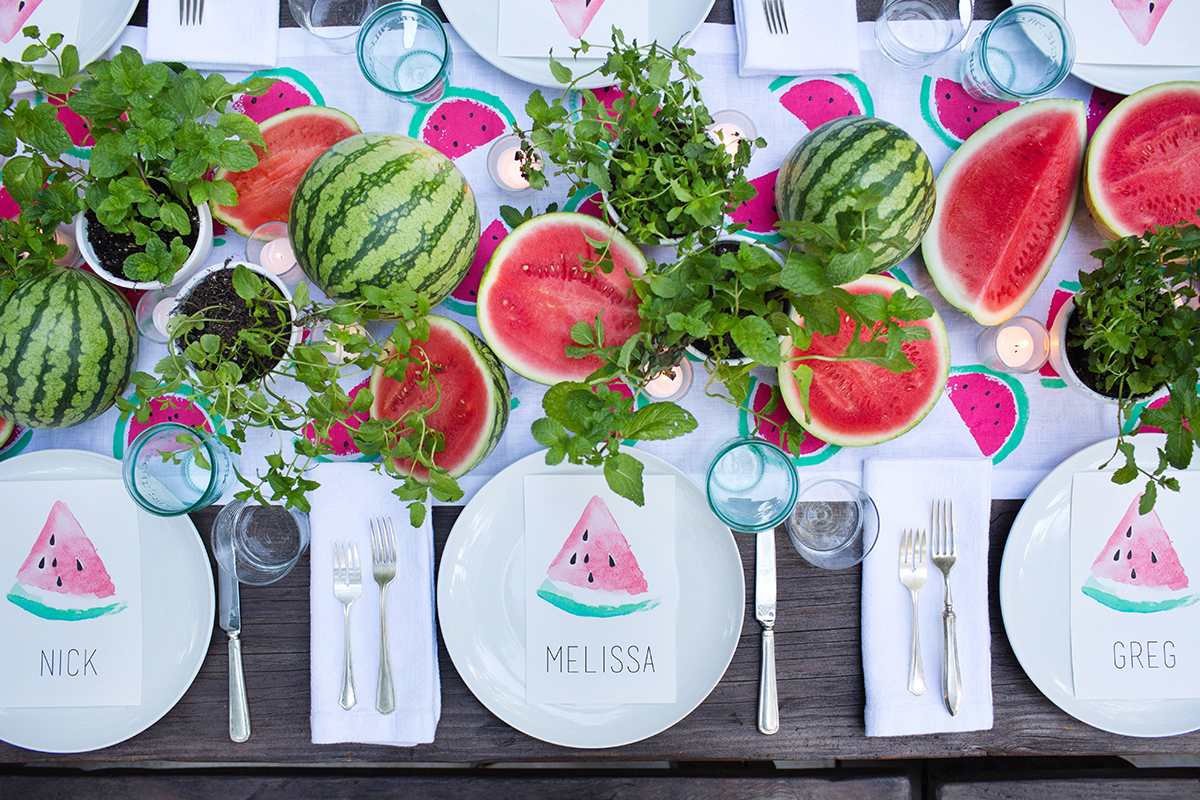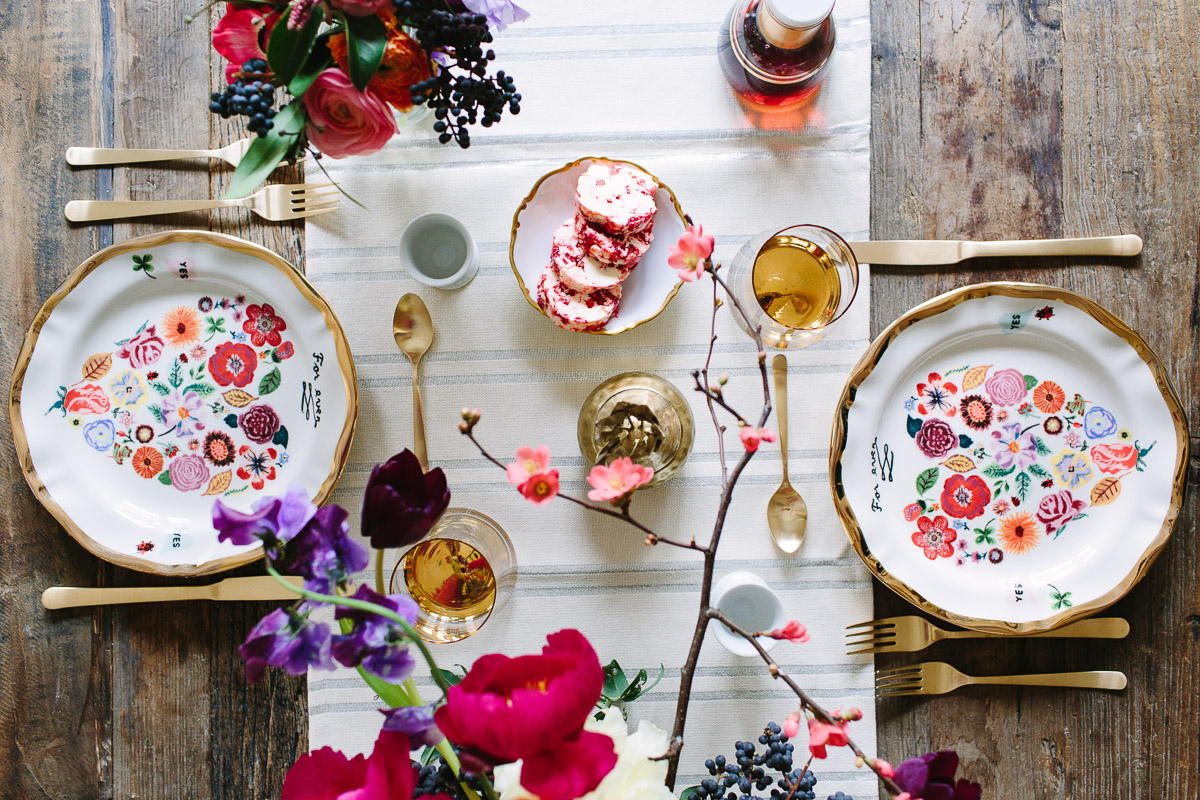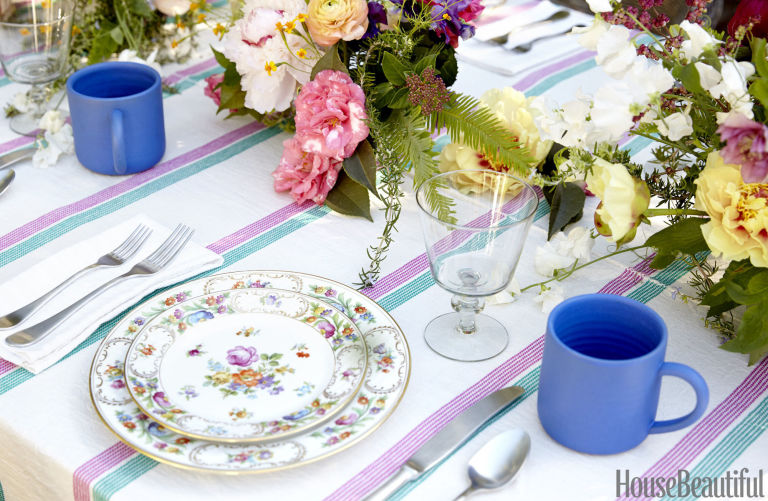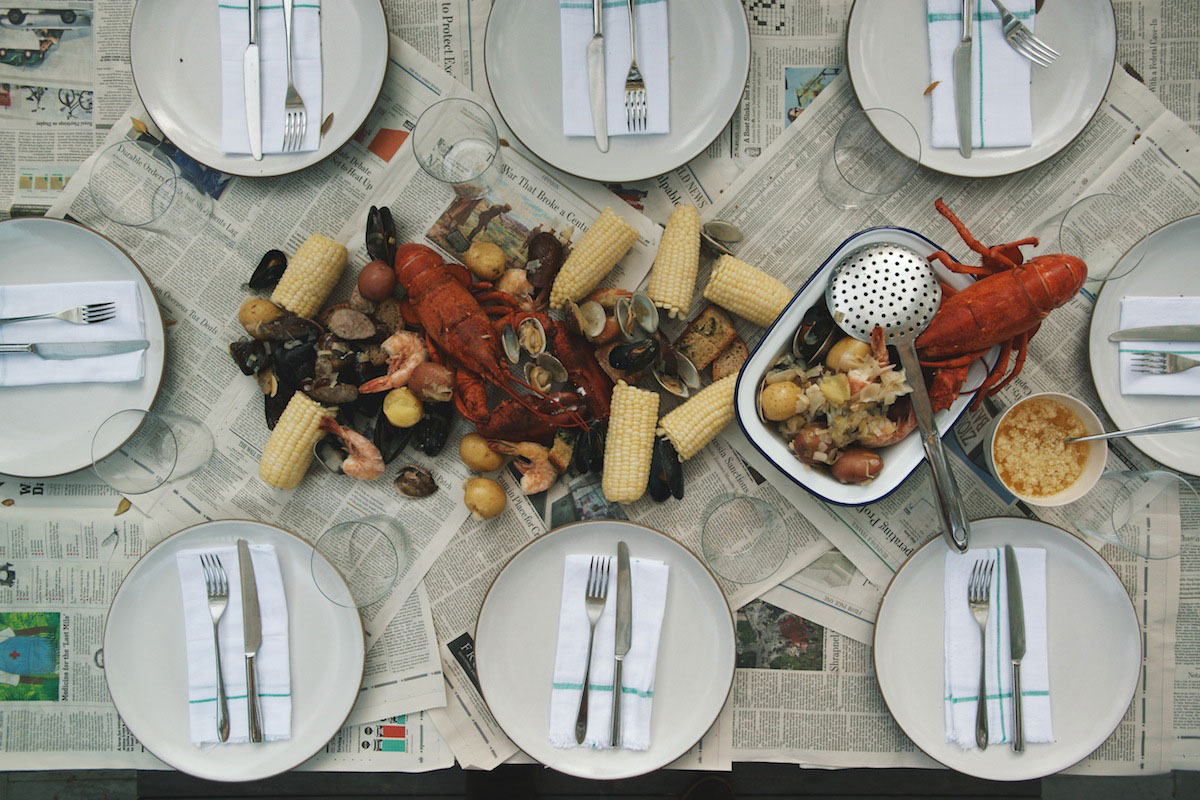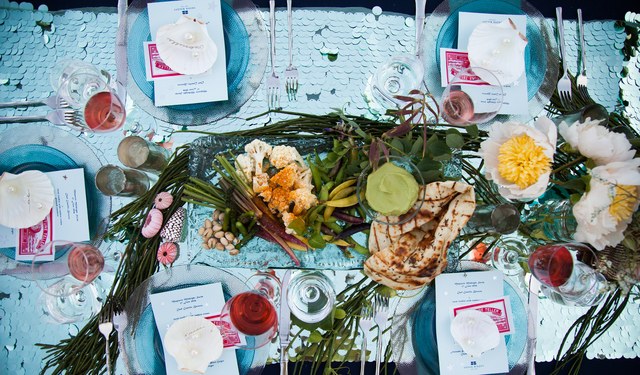Elah Barshi, illustrator and designer of elahbee, is a free-spirited artist from the Dominican Republic currently building her print-based brand in sunny Tel Aviv. Having grown up on the beautiful beaches of the DR waking up to island sunshine each day is clear in her artistry, using bright tropical colors with botanical vibes.
After studying design at OCAD University in Toronto and working in various sectors of the art, fashion and graphic design world, she now finds herself on the shores of the Mediterranean creating watercolor illustrations, silk-screen prints and intuitive sketches. Here, Elah shares her tropical sources of inspiration, the design scene in Tel Aviv, and tips of best practices for how to choose the right artwork for a space.
Elah – how did you get where you are today?
I’ve had an artistic inclination for as long as I can remember. Thanks to my parents, I had the support and encouragement to pursue this creative appetite from a very young age, and partook in after school art classes starting in elementary school and, including summer classes at Parsons in Paris.
After completing high school in the Dominican Republic where I grew up, I moved to Toronto to study advertising design at OCAD University. During my last year of University, I began working at a contemporary art gallery which opened my eyes for the first time to this field. I instantly became enthralled by this world, and after graduation, I moved to Tel Aviv where I became involved with the local art scene.
After spending three years as the assistant to the Business Director and the Curatorial Director at one of Israel’s most prominent contemporary art collection, I decided to pursue my own artistic career in design.
About a year ago, I embarked on a travel expedition to Hong Kong, Vietnam, Dominican Republic and New York, collecting ideas and inspirations that led to the realization of elahbee – a brand based on my illustrations and deeply rooted in the essence of the Dominican Republic.
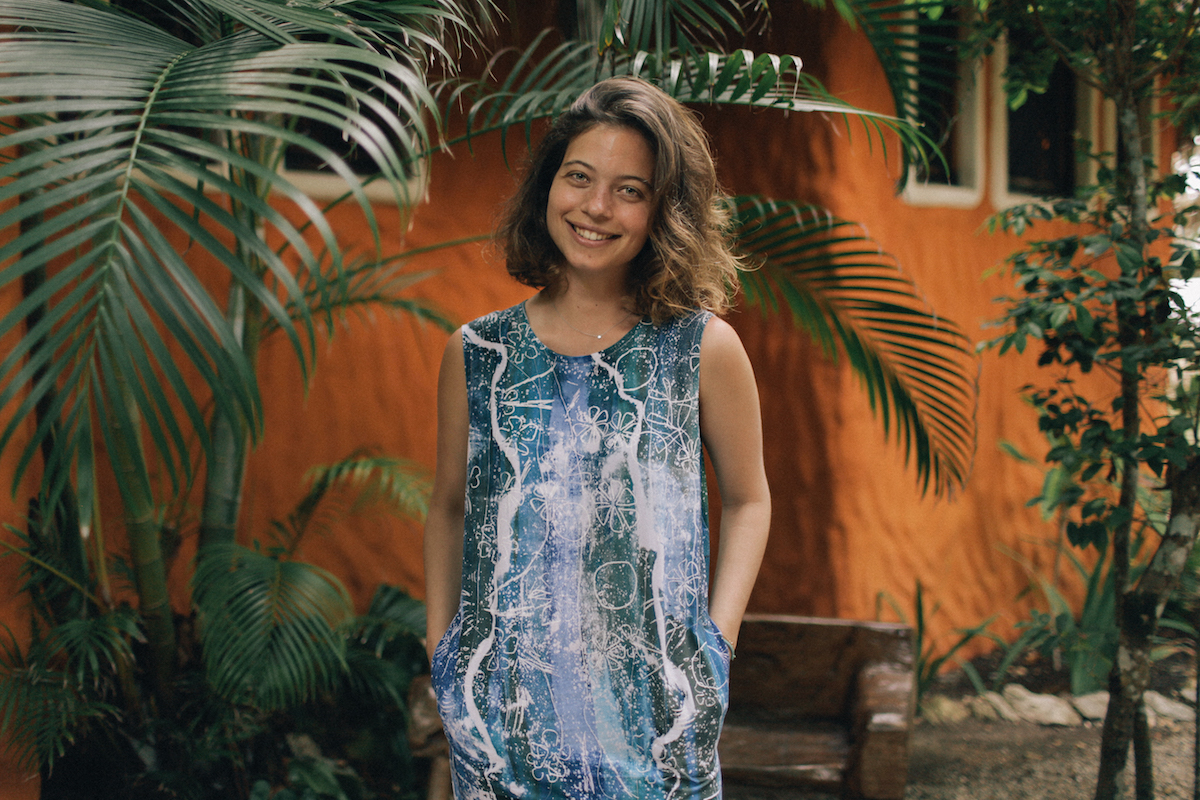
Photographed by Bianca Garimani in Natura Cabana Boutique Hotel & Spa, Dominican Republic
How do you use the Dominican Republic as a source of inspiration?
The Dominican Republic has always been my greatest source of inspiration and I feel very fortunate to have grown up in a tropical paradise. Even when completing my Undergraduate thesis in advertising, I created a (hypothetical) campaign for the Dominican Republic tourism board focusing on the smiles, the music, and the Caribbean rhythm that makes the island unique. I continue drawing on these qualities for inspiration in my designs today. Having had a childhood surrounded by nature, the ocean, the warmth of the year round sunshine and the island’s people is evident in the sense of freedom in the line and form in my work, the bright tropical colors, and the underlying botanical theme that defines my first collection.
What’s the design scene like in Tel Aviv?
I love the design scene in Tel Aviv. It is constantly stimulating, innovative, inspiring, and always seems to be in development. It feels like there is a constant “push” forward and breaking of boundaries to stay relevant and cutting edge in the design industry. The city is saturated with talent, and there are many fairs, events, sales and even start-ups that cultivate this energy and encourage the pursuit of creative careers.
The juxtaposition between what I’ve learned and am continuously learning from my colleagues in Israel and my roots in the Dominican Republic is what sets my work apart.
“Creating this complete sensory experience where one can be physically engaged is what inspires me the most.”

Photographed by Bianca Garimani in the Beeney Residence, Dominican Republic
You create artwork via watercolor illustrations, silk-screen printing, and intuitive sketches. Do you have a preference?
I am currently focusing on silk screening textiles for homewares such as pillows, utilizing a technique that allows for a “painterly feel” yet still has certain finesse.
My goal is to create pieces that are dynamic and feel alive, and by utilizing textile as a canvas, I am able to transform a two dimensional element that is fabric into a three dimension object such as pillow or a seat. Creating this complete sensory experience where one can be physically engaged is what inspires me the most.
What’s your creative process like, from idea to print?
I often draw sketches before I work on a ‘final’ copy, but I feel that my best work happens when I go straight for the ‘final’ piece and allow my intuition to take over. Once I start, I never know how it will end. Although I am not always satisfied with the results, it is a very liberating process, and sometimes leads to the next project that might be “it”.
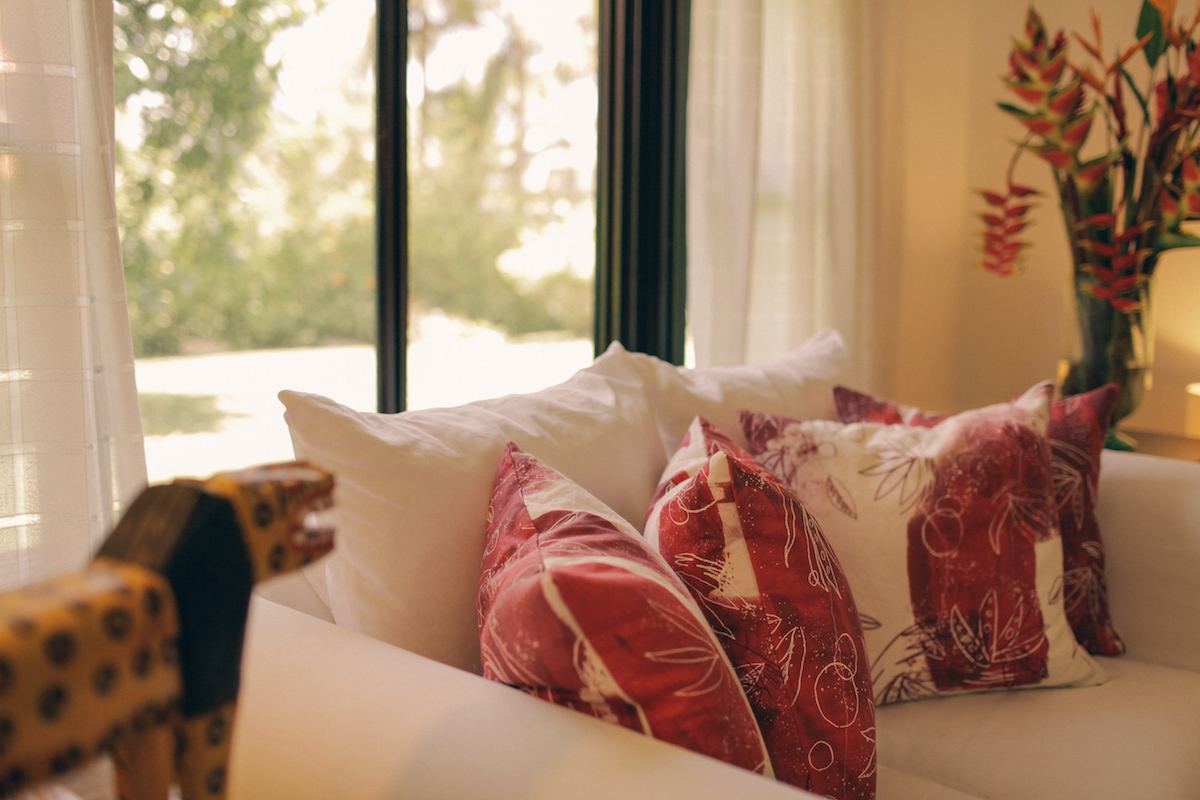
Photographed by Bianca Garimani in the Beeney Residence, Dominican Republic
Based on your knowledge of the industry, how has technology changed the way artists and designers do business?
I think technology has made art and design very accessible to the public, and in turn, allowed for designers to share and expose their work to the market quickly. Trends pick up at a faster rate, and professionals and editors are turning to channels such as Instagram to discover young talent.
Also, the smart phone has allowed for designers to capture a lot of their own photography. There are many tools and applications to facilitate the business aspect of design and even some of the creative, allowing for many things to be made in-house, thus minimizing costs.
In your opinion, how important is social media to the growth of your business?
Social media is essential for the growth of my business, especially because I am working in an industry that is visually stimulating. I think consumers want to know how an artwork will look in their home and they want to understand and relate to the designers and artists that are behind the creations. Ultimately, the consumer wants to feel the authenticity behind a product; the way it was made, and who it was made by.
Social media removes a barrier; it creates a sort of transparency and is another tool that allows me to share my story, personal brand, and engage directly with existing and potential customers.
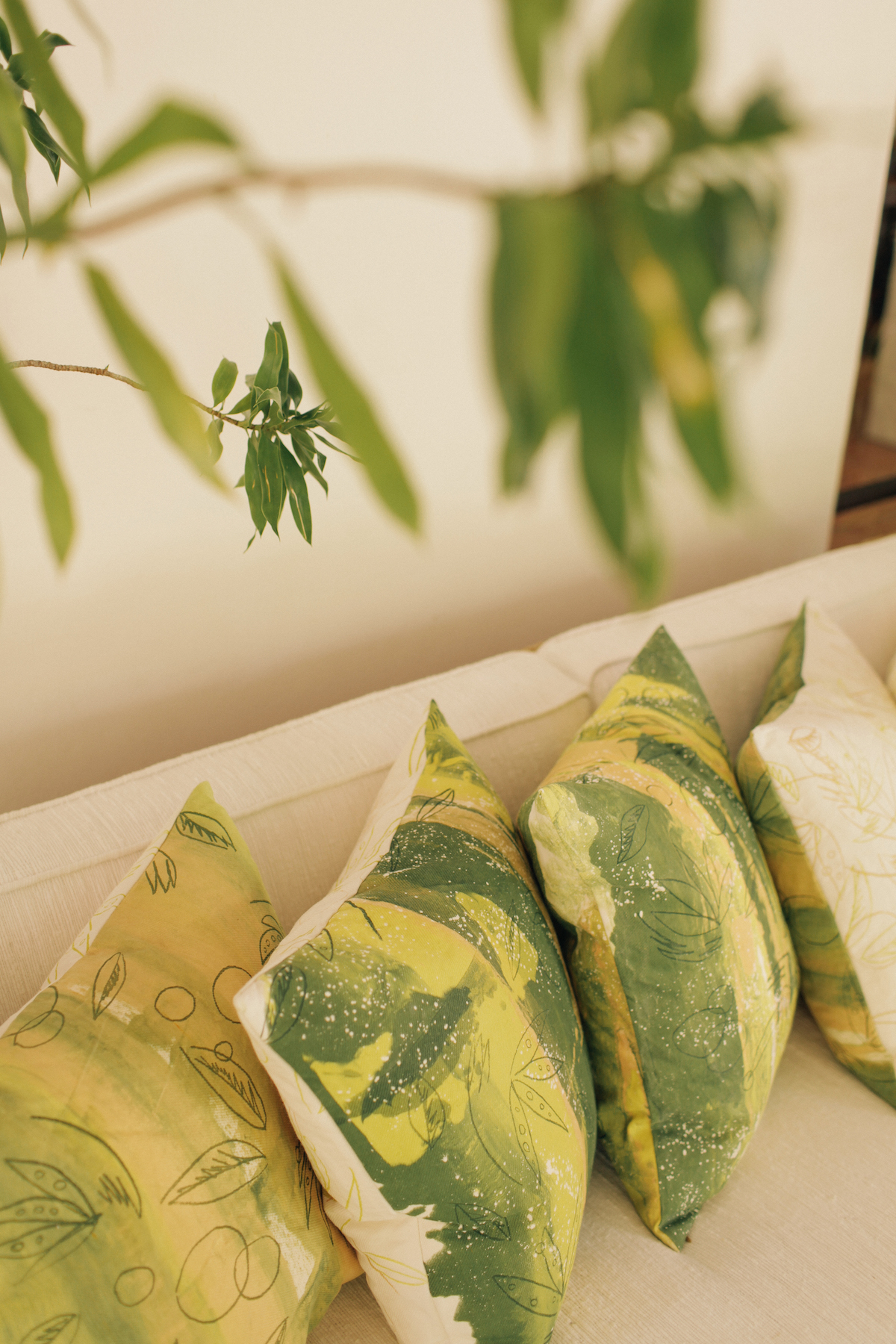
Photographed by Bianca Garimani in the Beeney Residence, Dominican Republic
What are some of your best-selling pieces?
The best-selling pieces have been the hand-printed pillows. The multi-colored pillows start off as an off white piece of natural fabric, are printed by hand, and are sewn with love and care to create a truly one of a kind piece.
How do you typically work with interior designers?
I have worked with interior designers to create custom pieces for living spaces. It is a really exciting process of collaboration. I love the exchange of ideas and seeing how my pieces fit and align within another person’s vision.
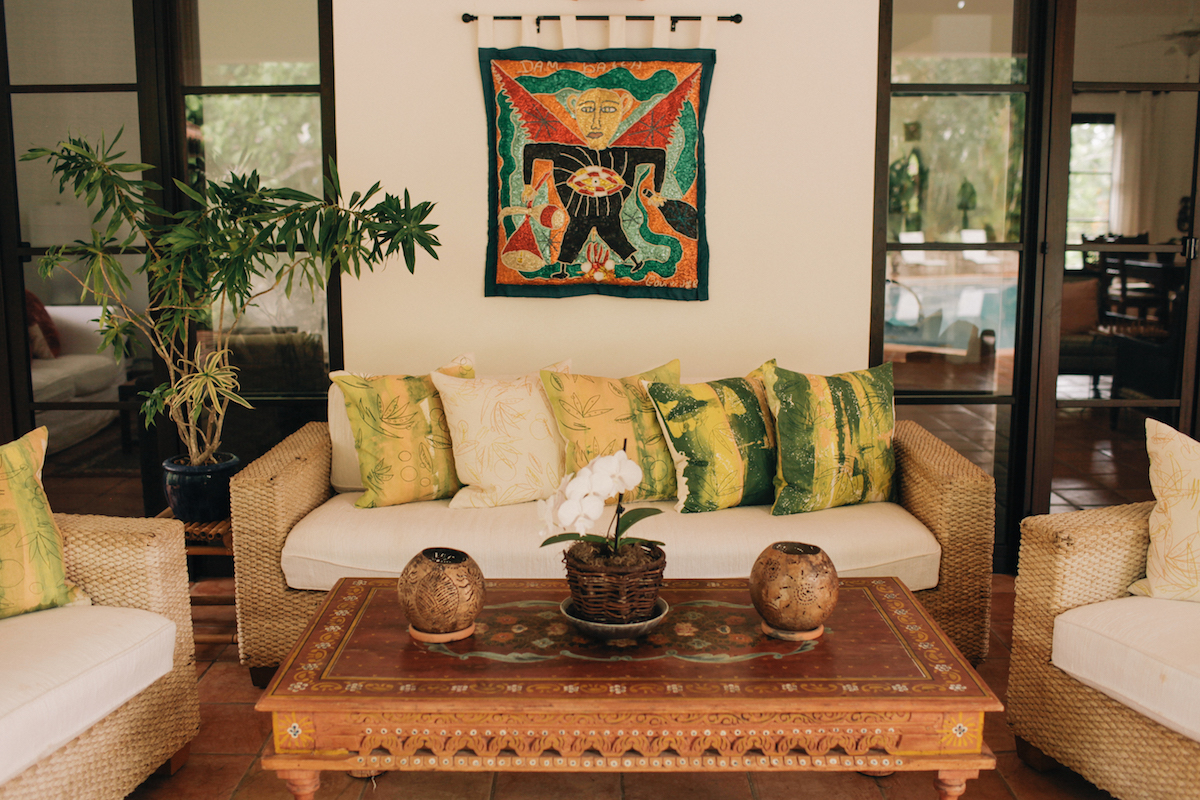
Photographed by Bianca Garimani in the Beeney Residence, Dominican Republic
What are 3 tips of “best practices” you can offer interior designers for choosing the right artwork for a space?
1. Choose an artwork that your client truly connects with and makes the spectator genuinely feel something. In addition to fitting within the space, I try to make sure that it fits the person (or persons) who will be living with it.
2. Consider how the artwork can act as a bridge between the outdoor and indoor space. I believe the artwork inside a space should have a dialogue with the world outside its built walls. For example, if I am choosing an artwork for a private beach residence in the Dominican Republic, I would chose an artwork that connects in color, form, or content to the natural elements such as plants and flowers that surround it.
3. Know how the medium of an artwork will react within the space over time and what is the best placement of the artwork from a preservation standpoint. I think this one is sometimes easy to overlook, but is extremely important for the conservation of an artwork. For example, when choosing the placement of a photograph, I would make sure that it is not in a place that receives hours of direct sunlight as this can cause fading over time.

